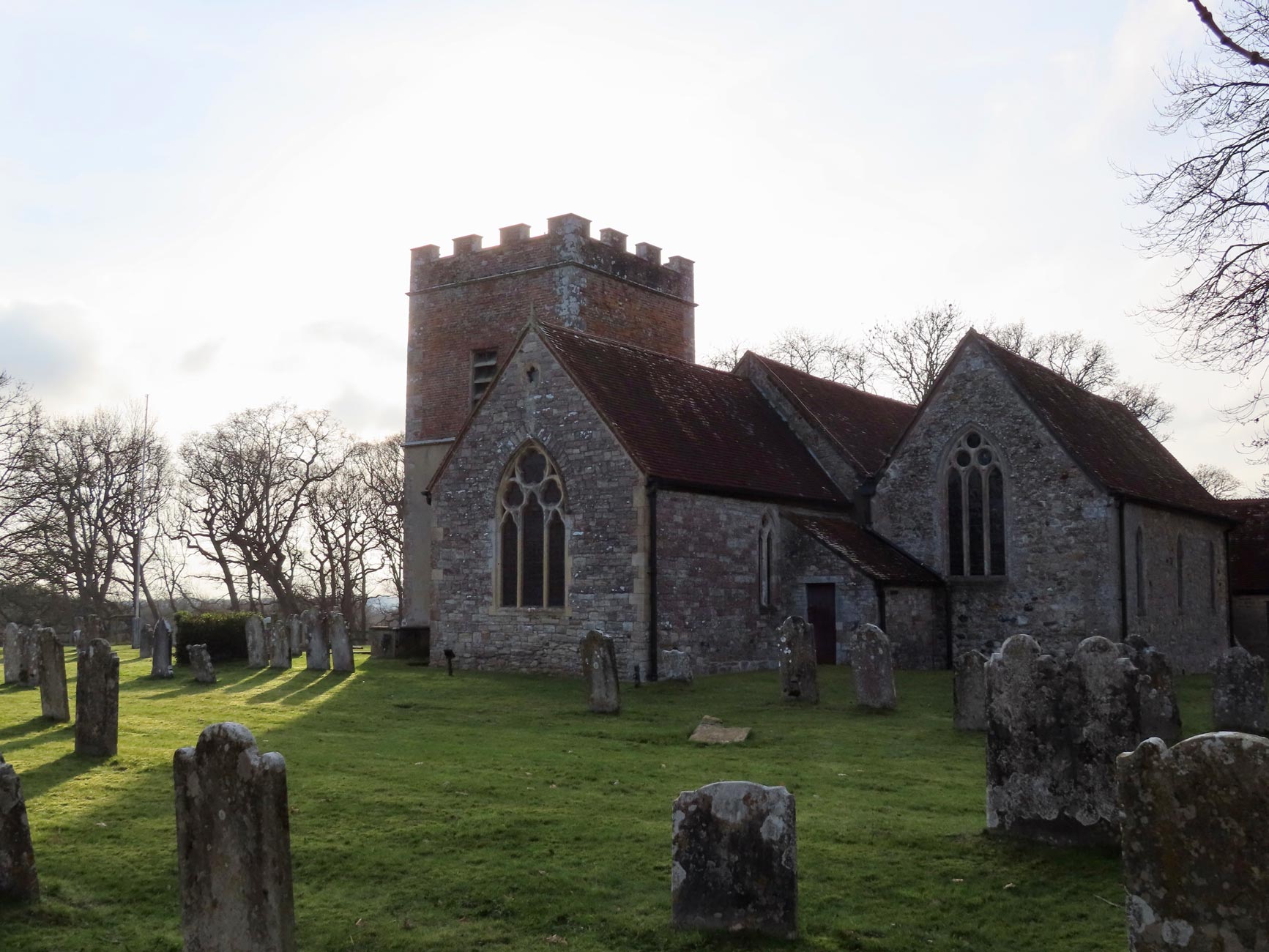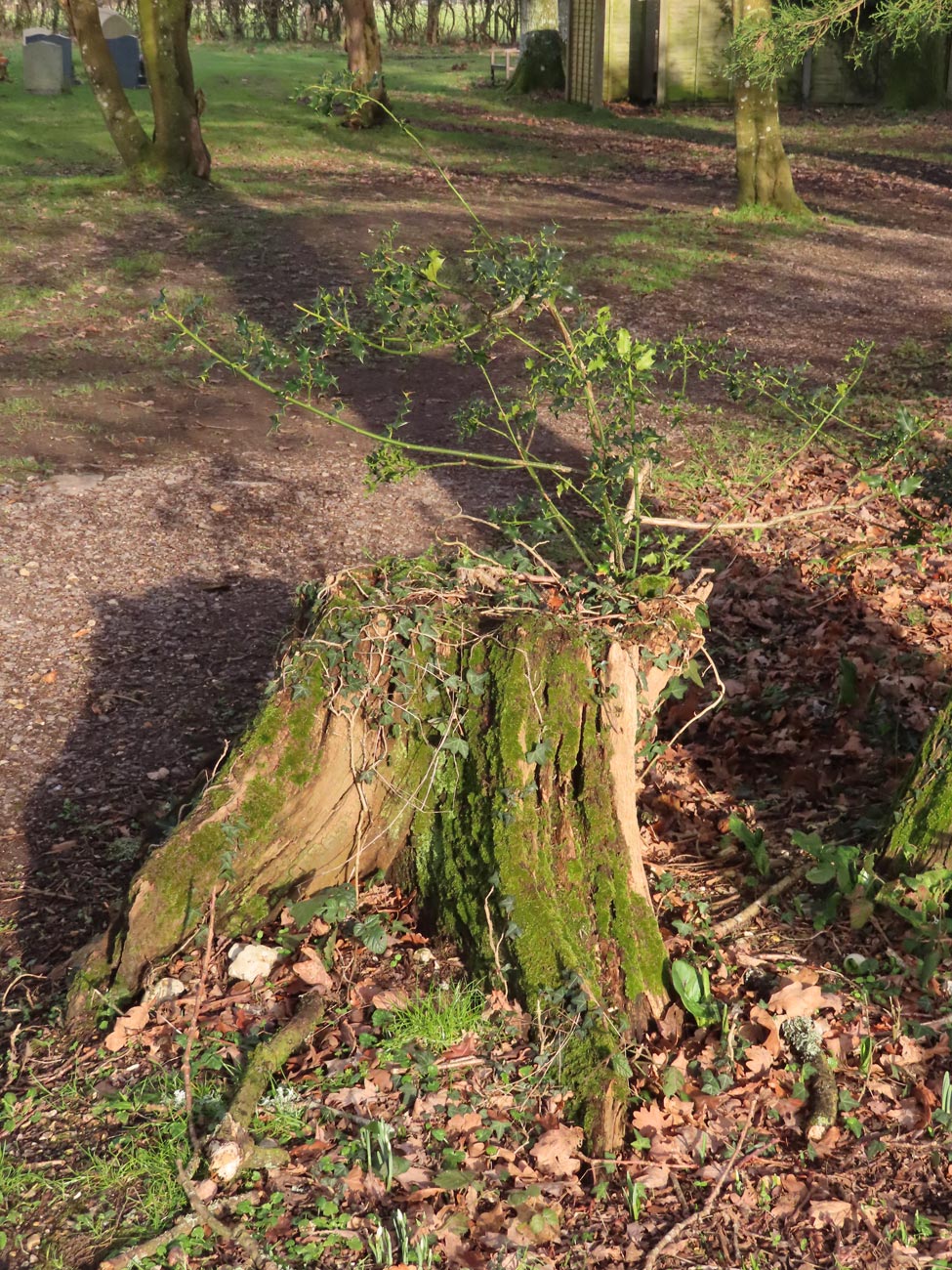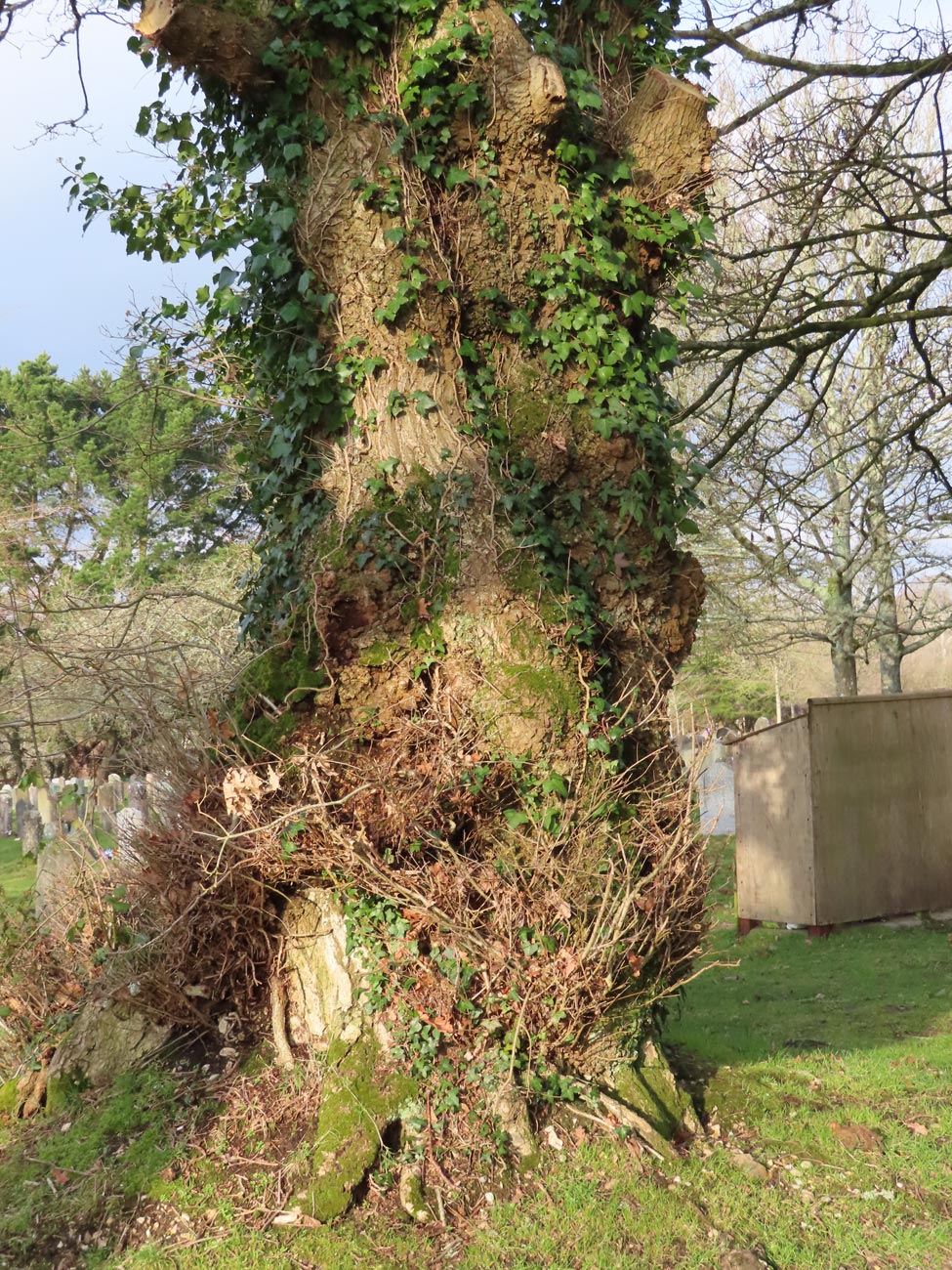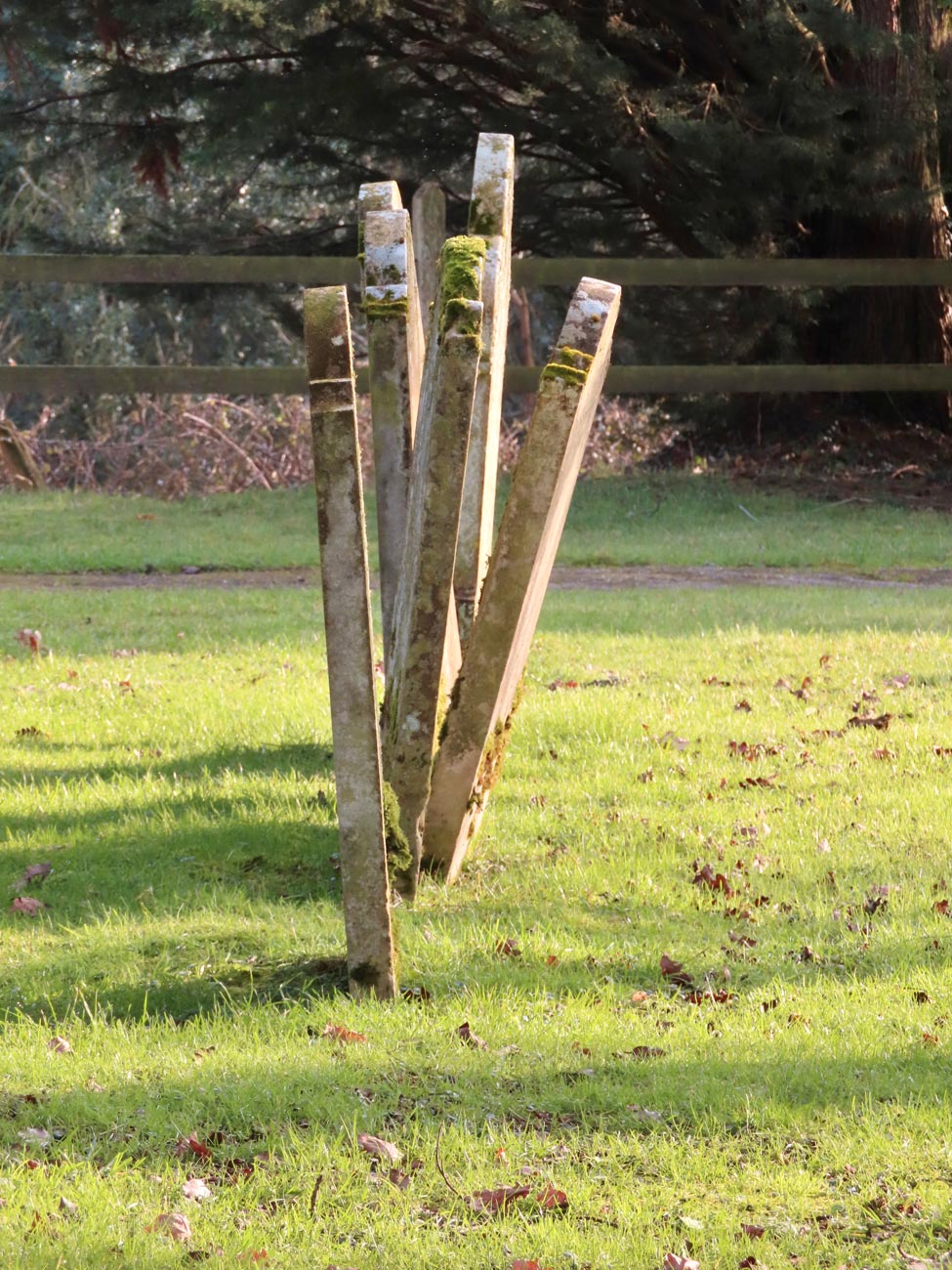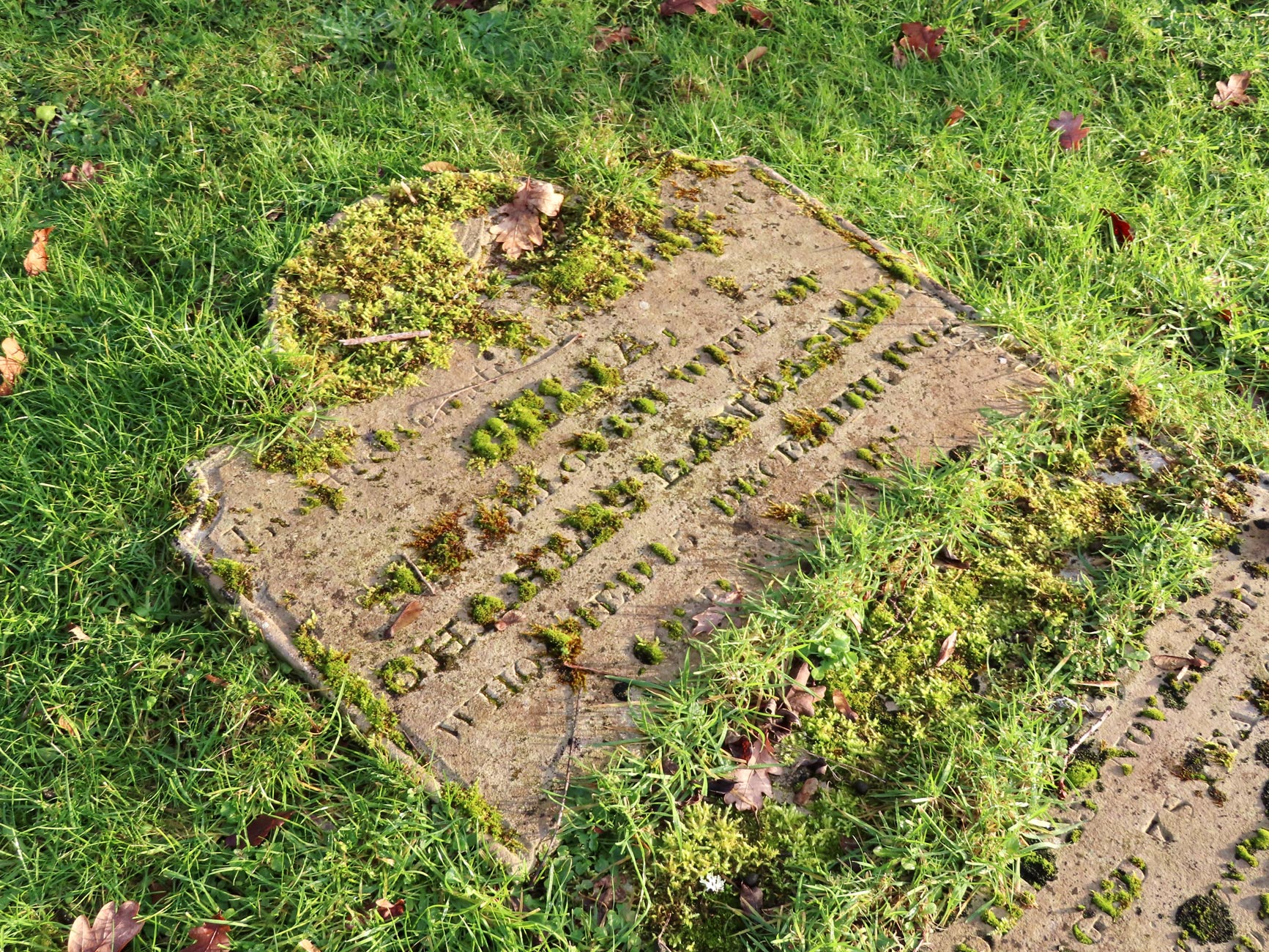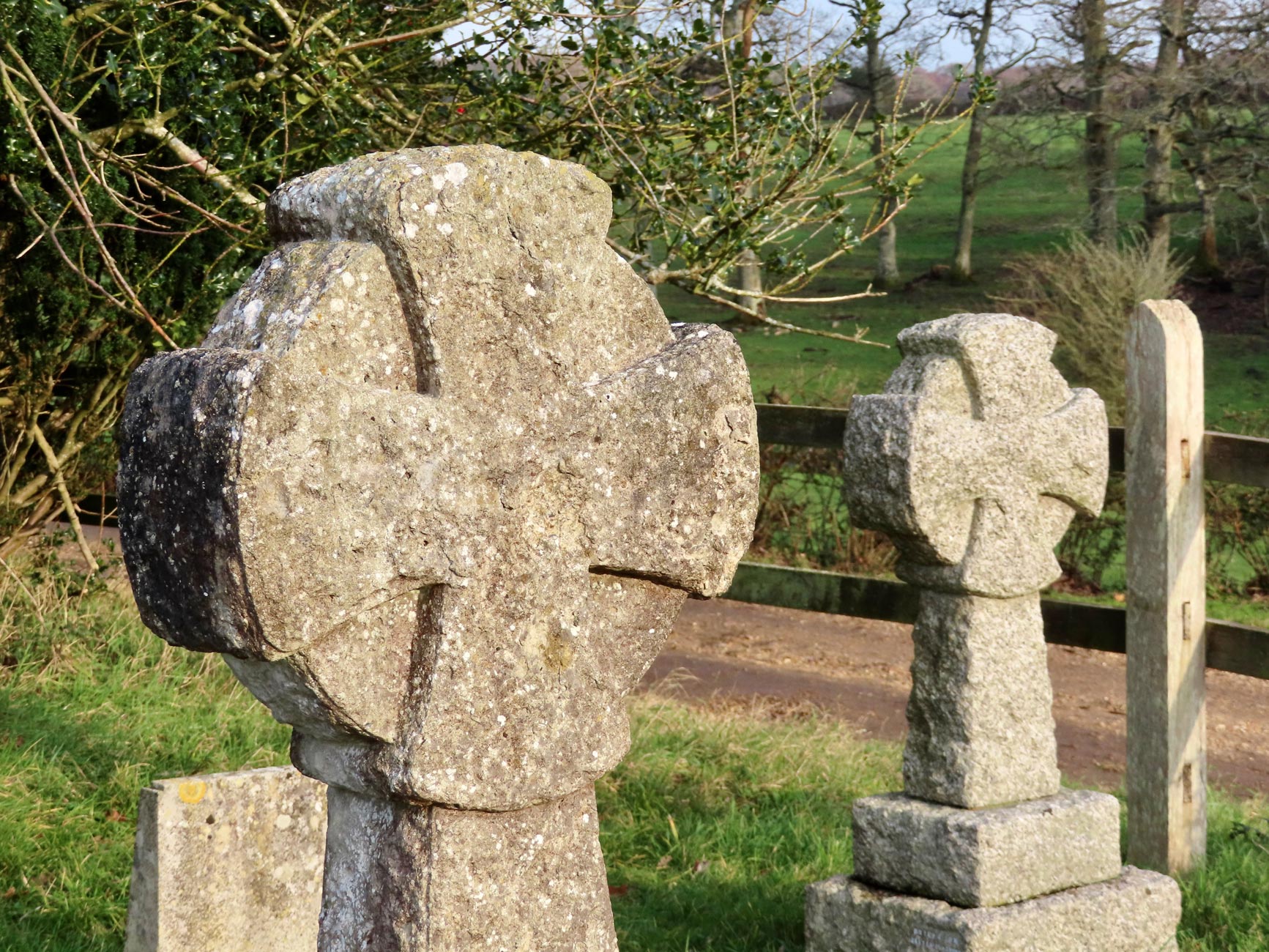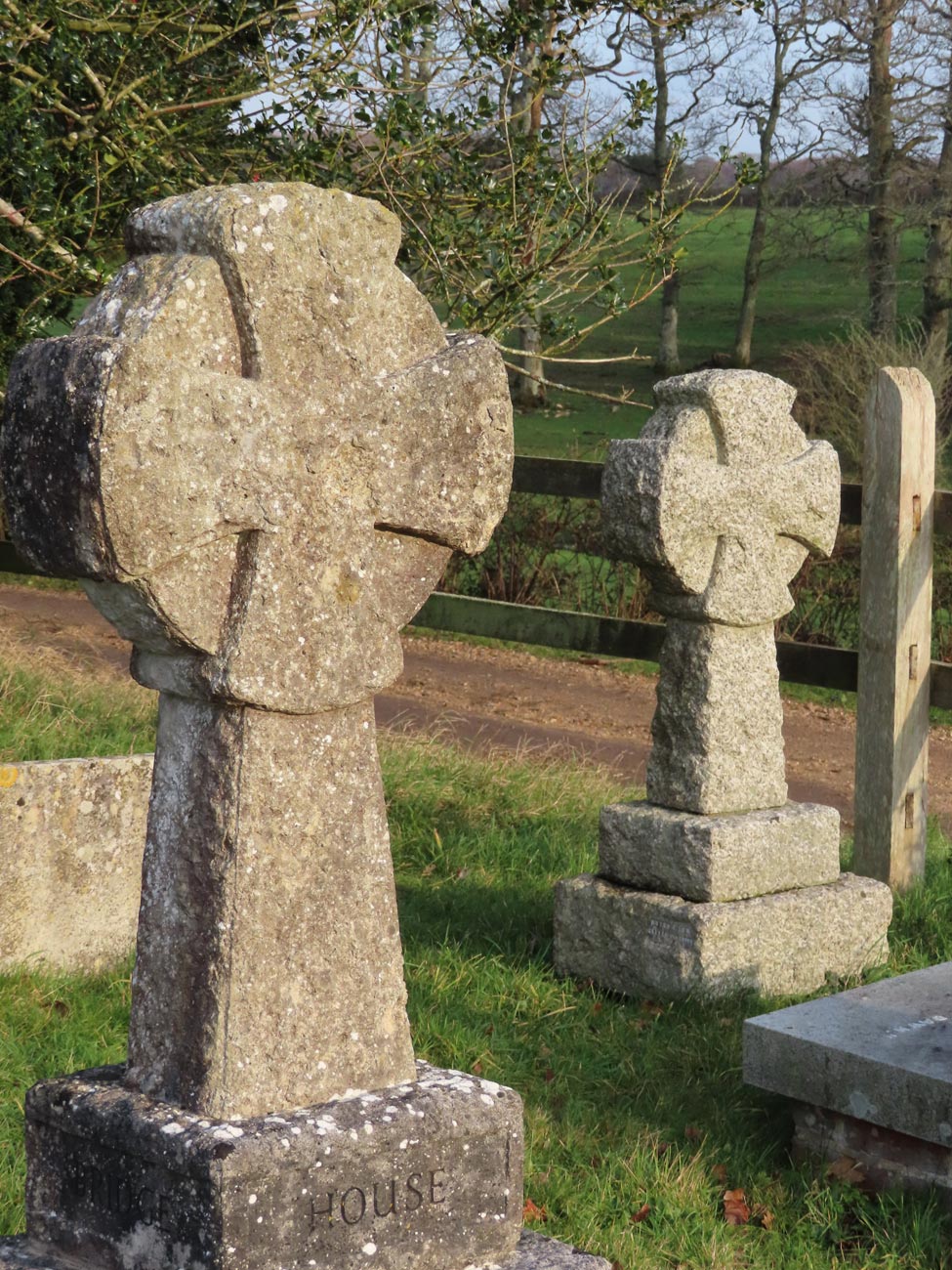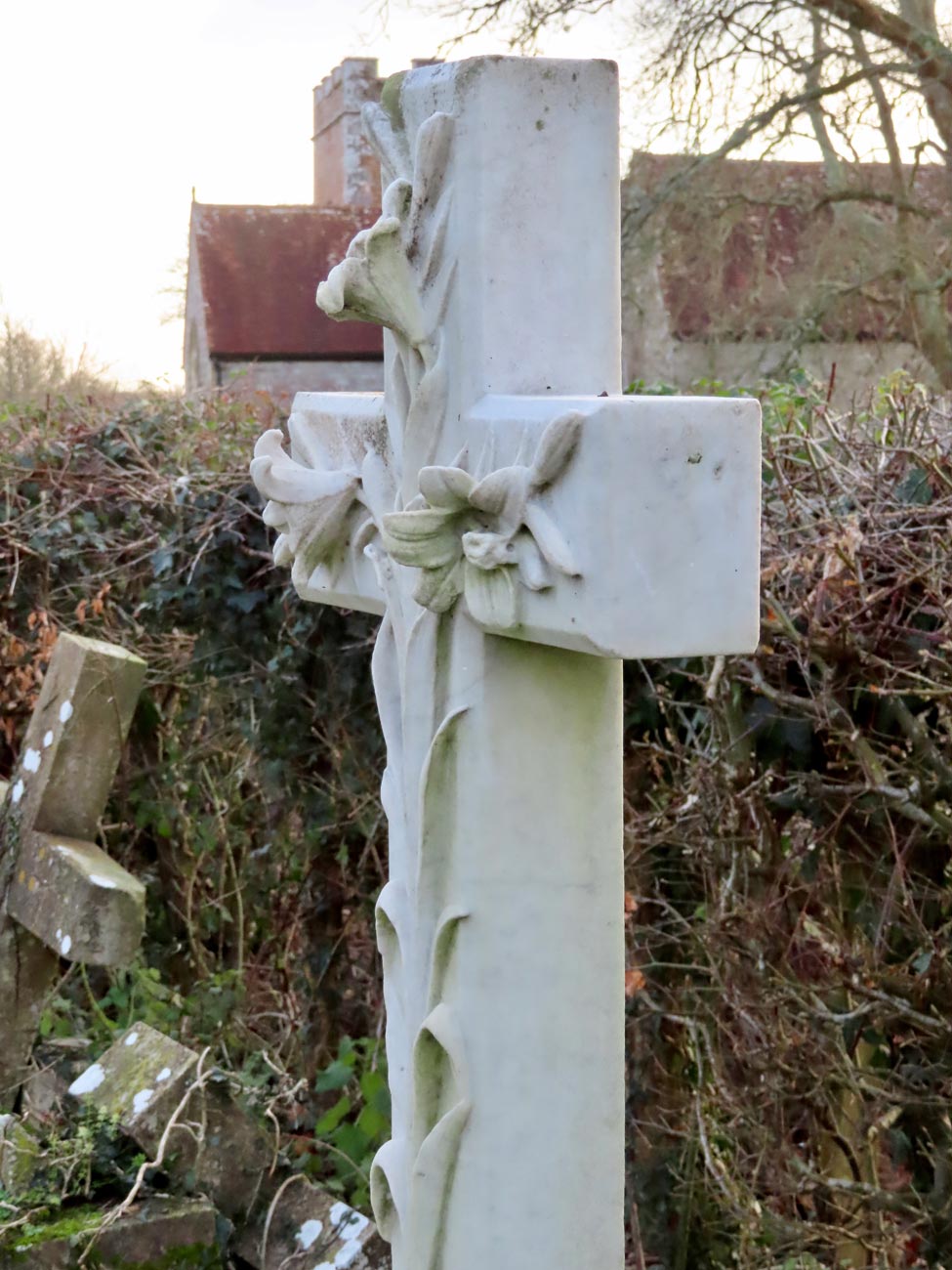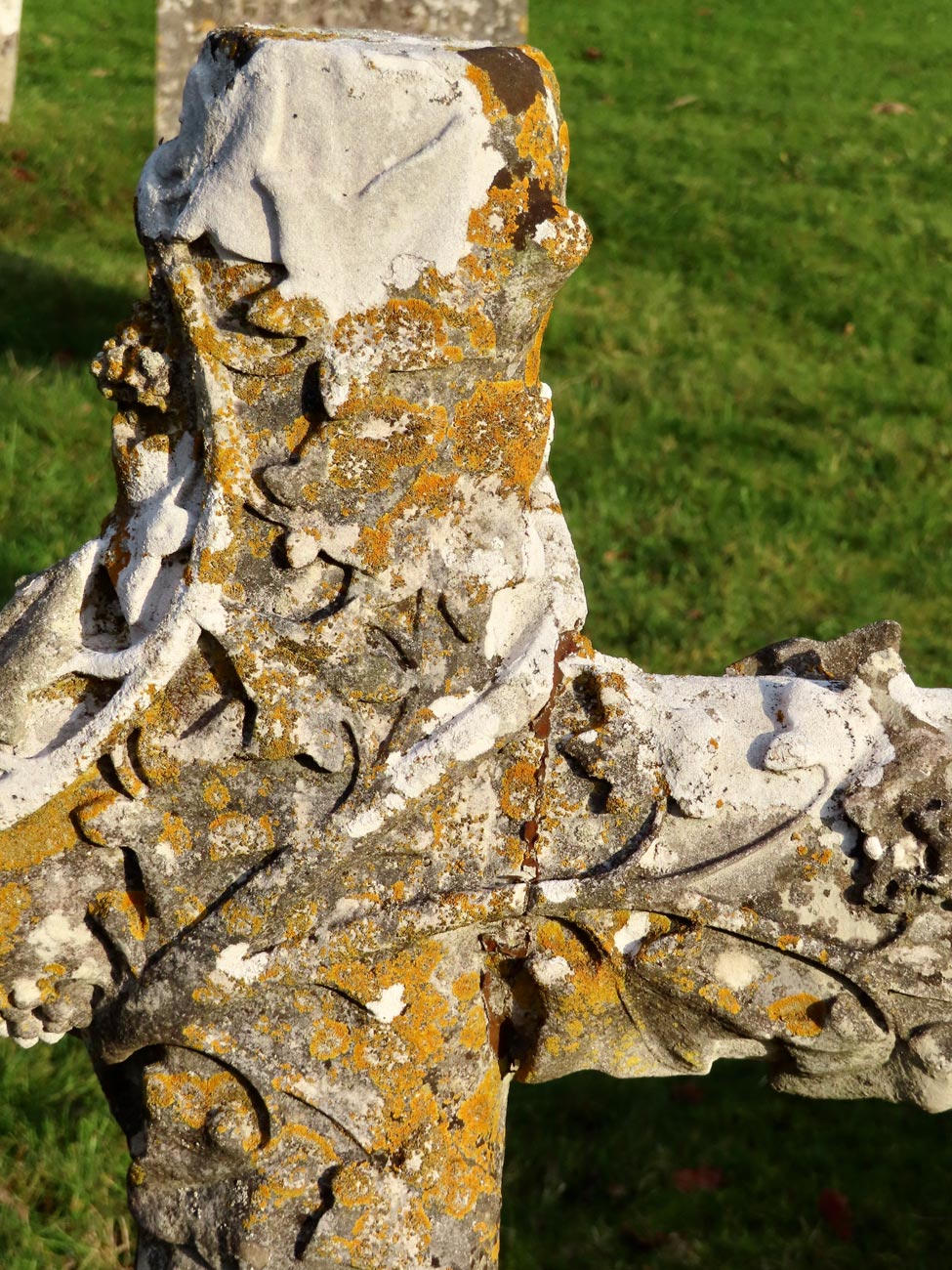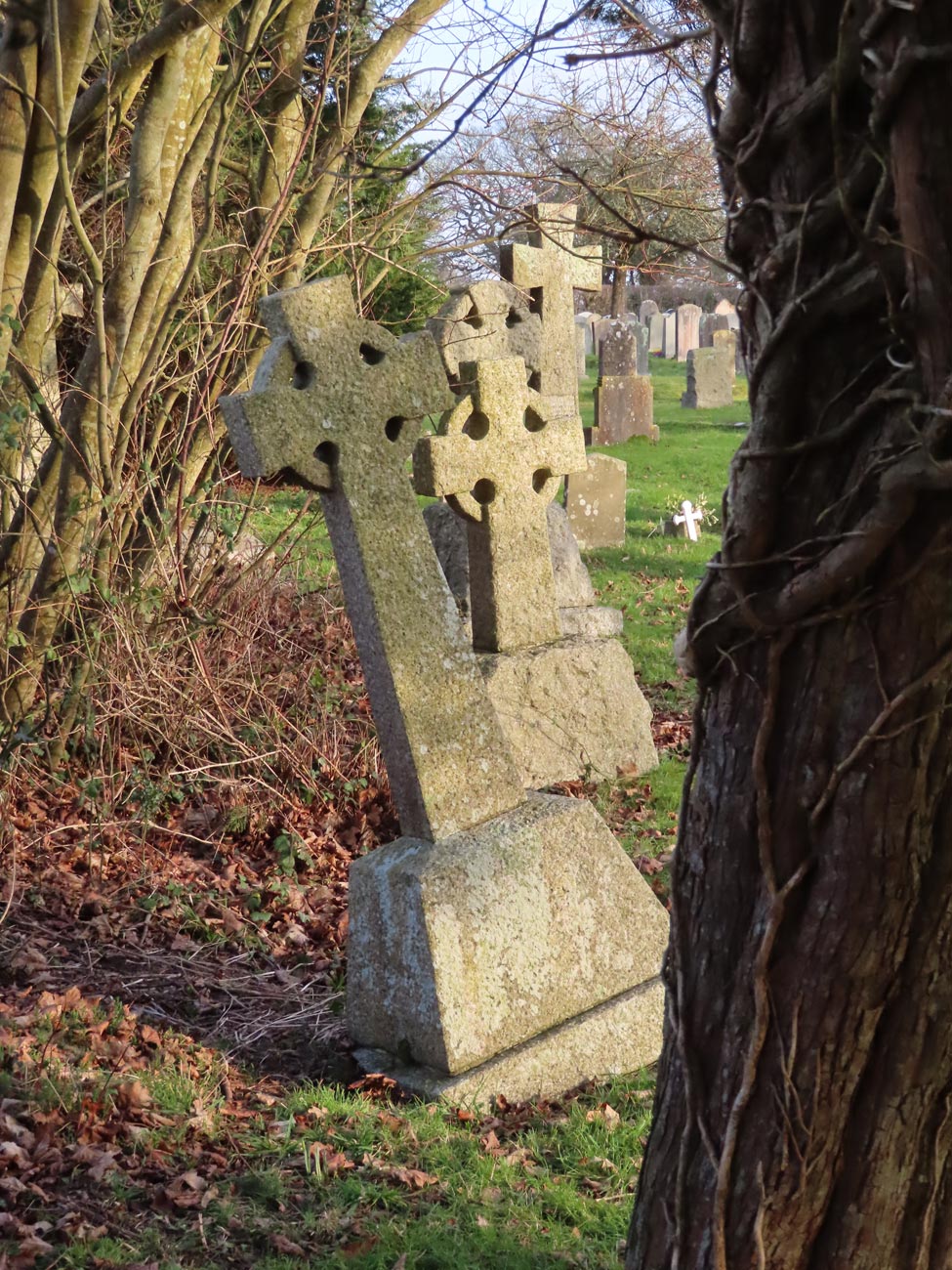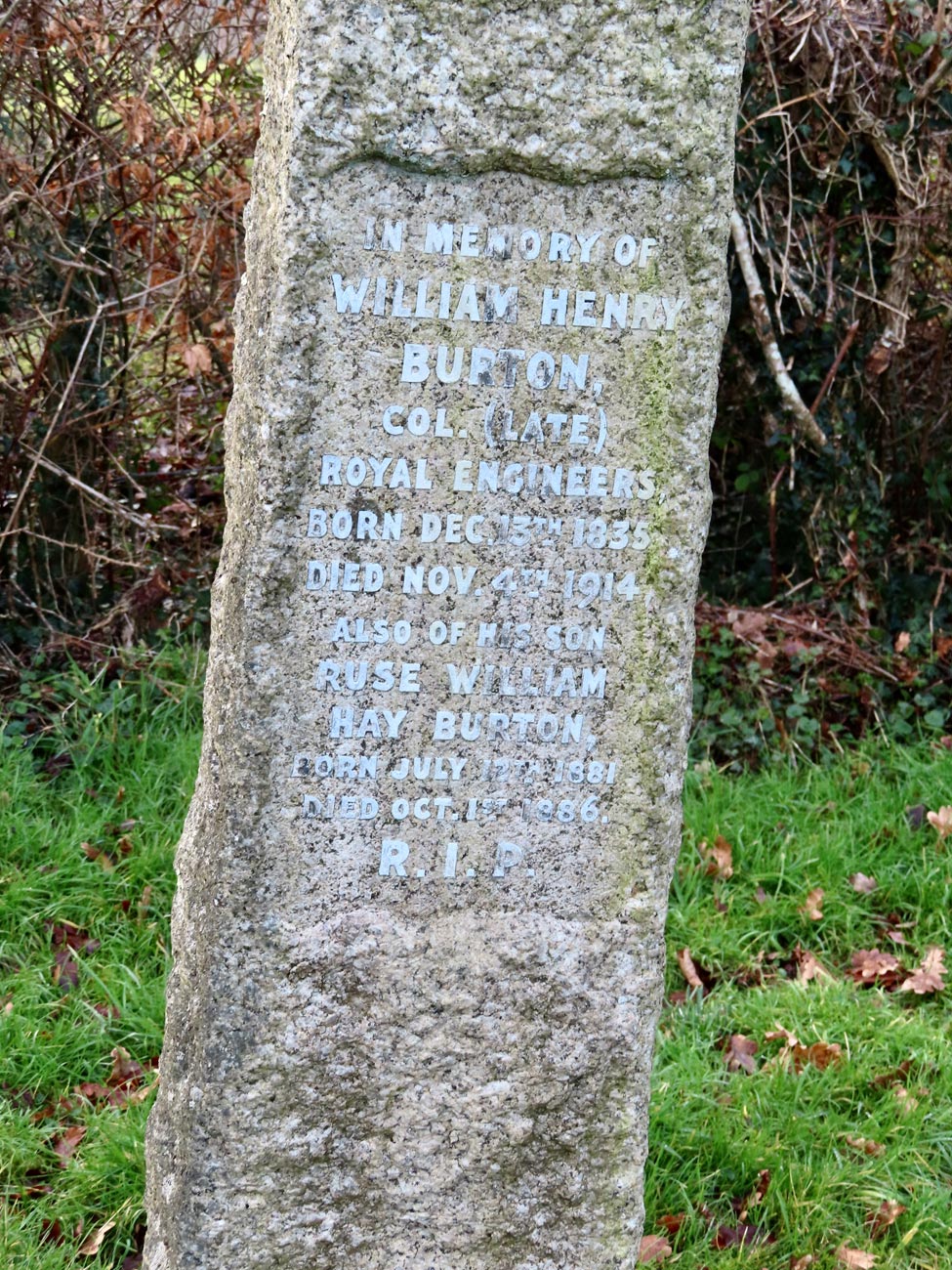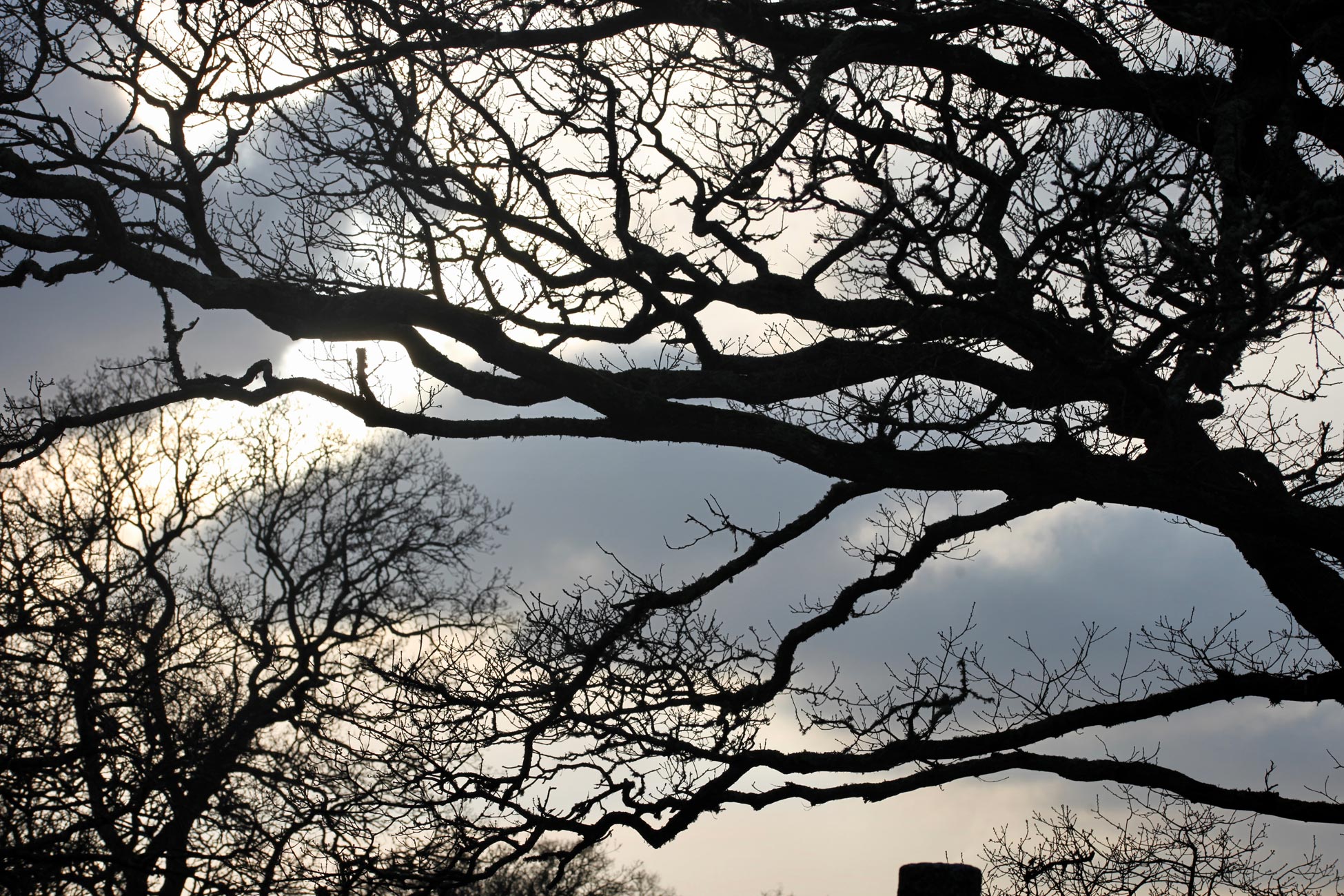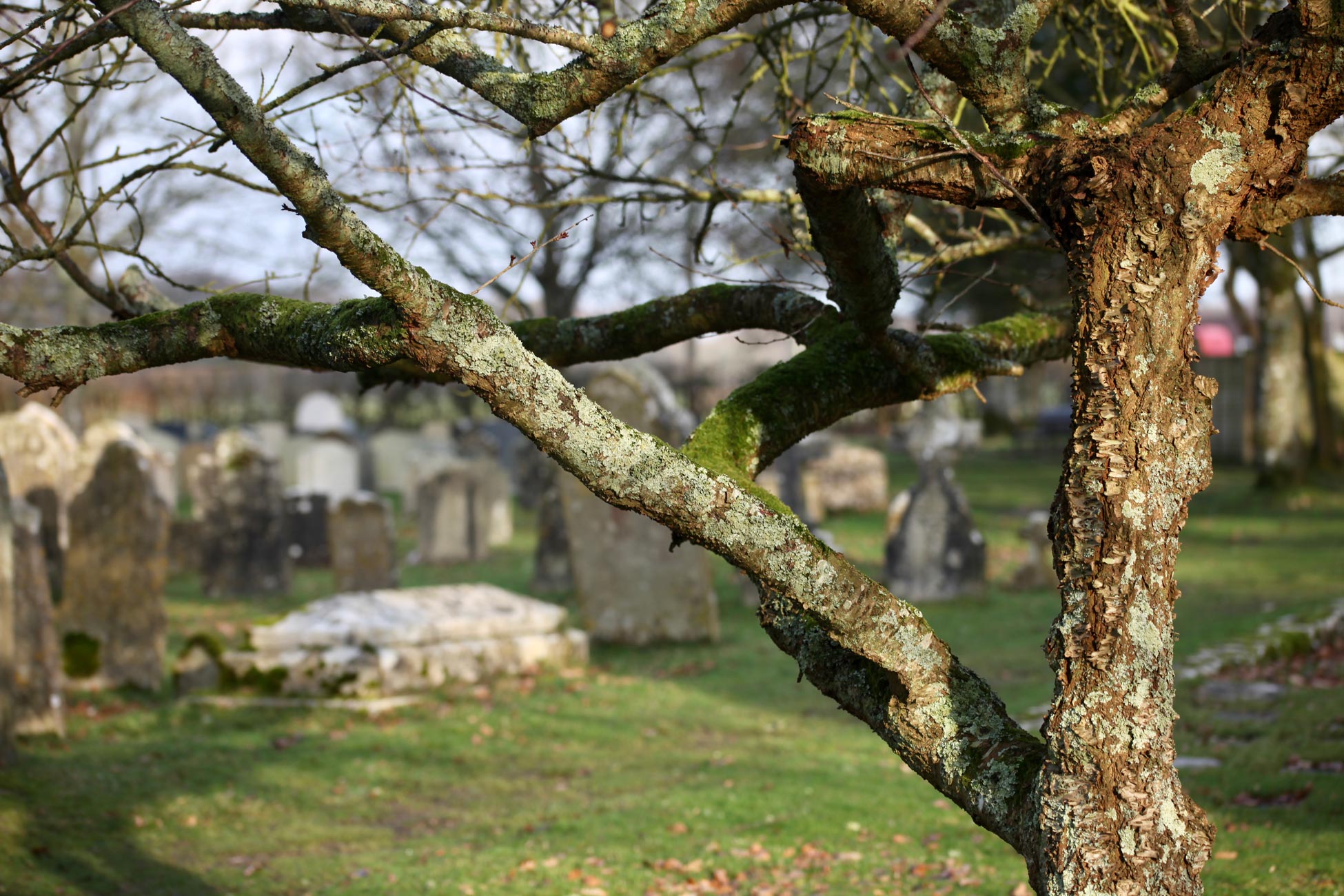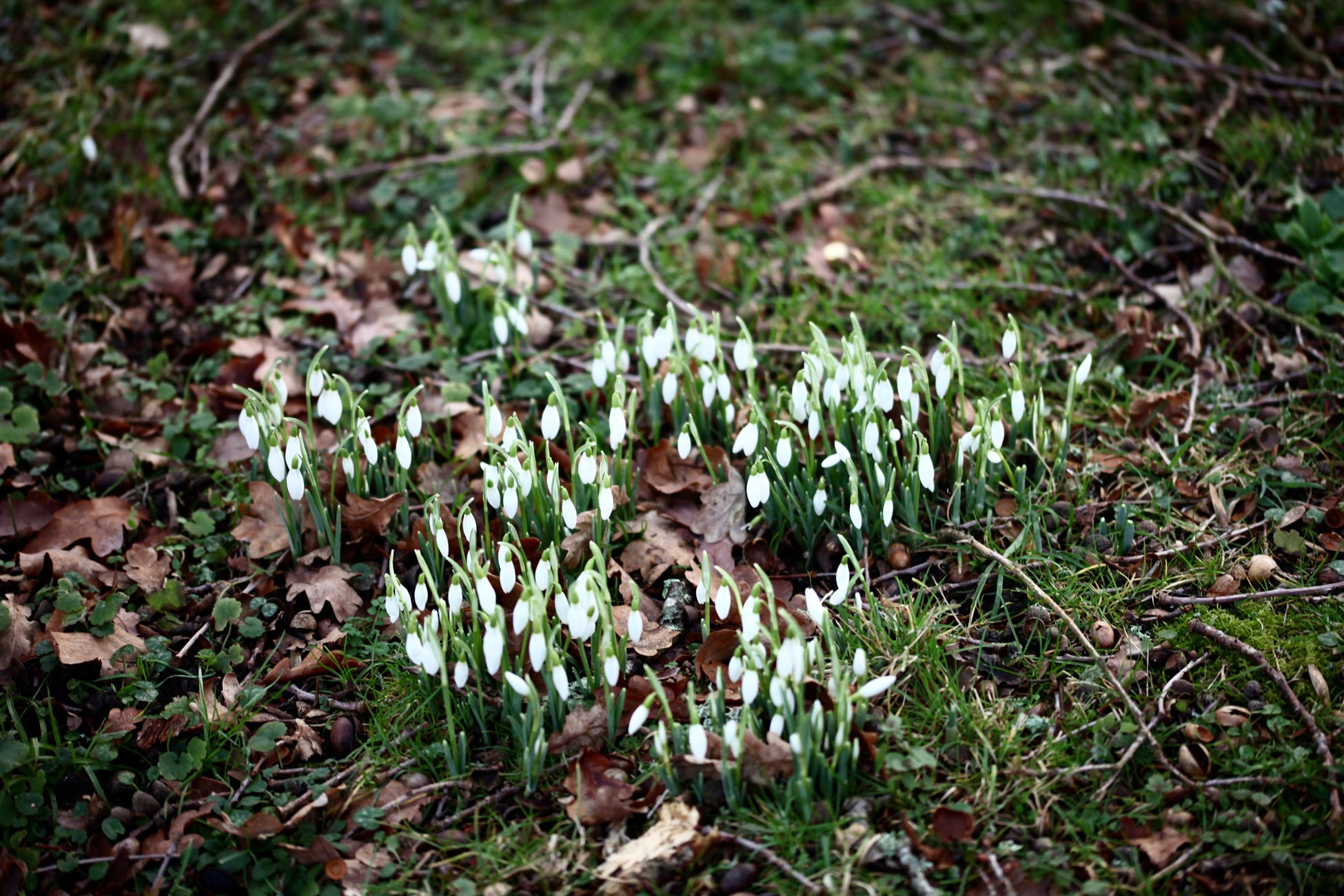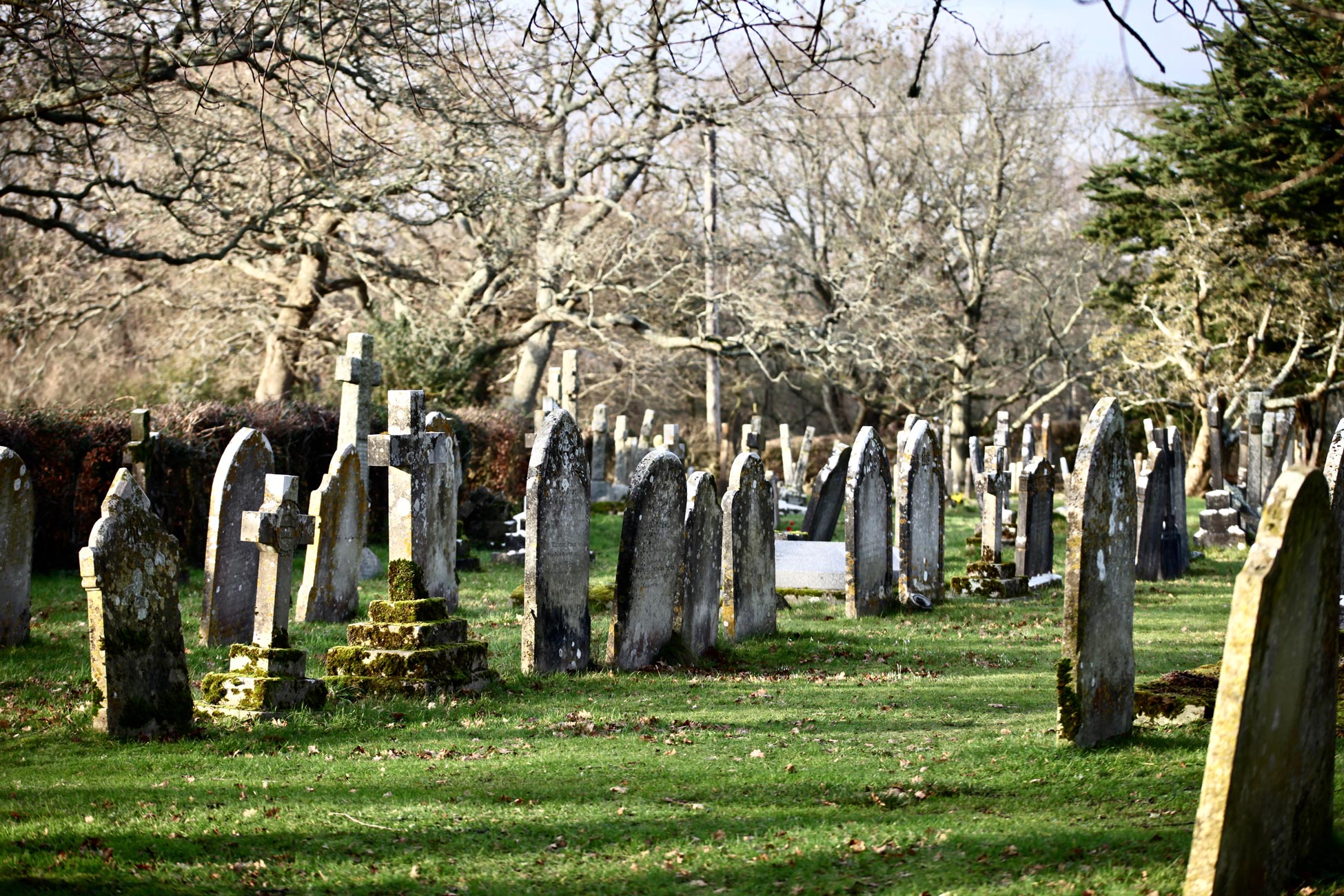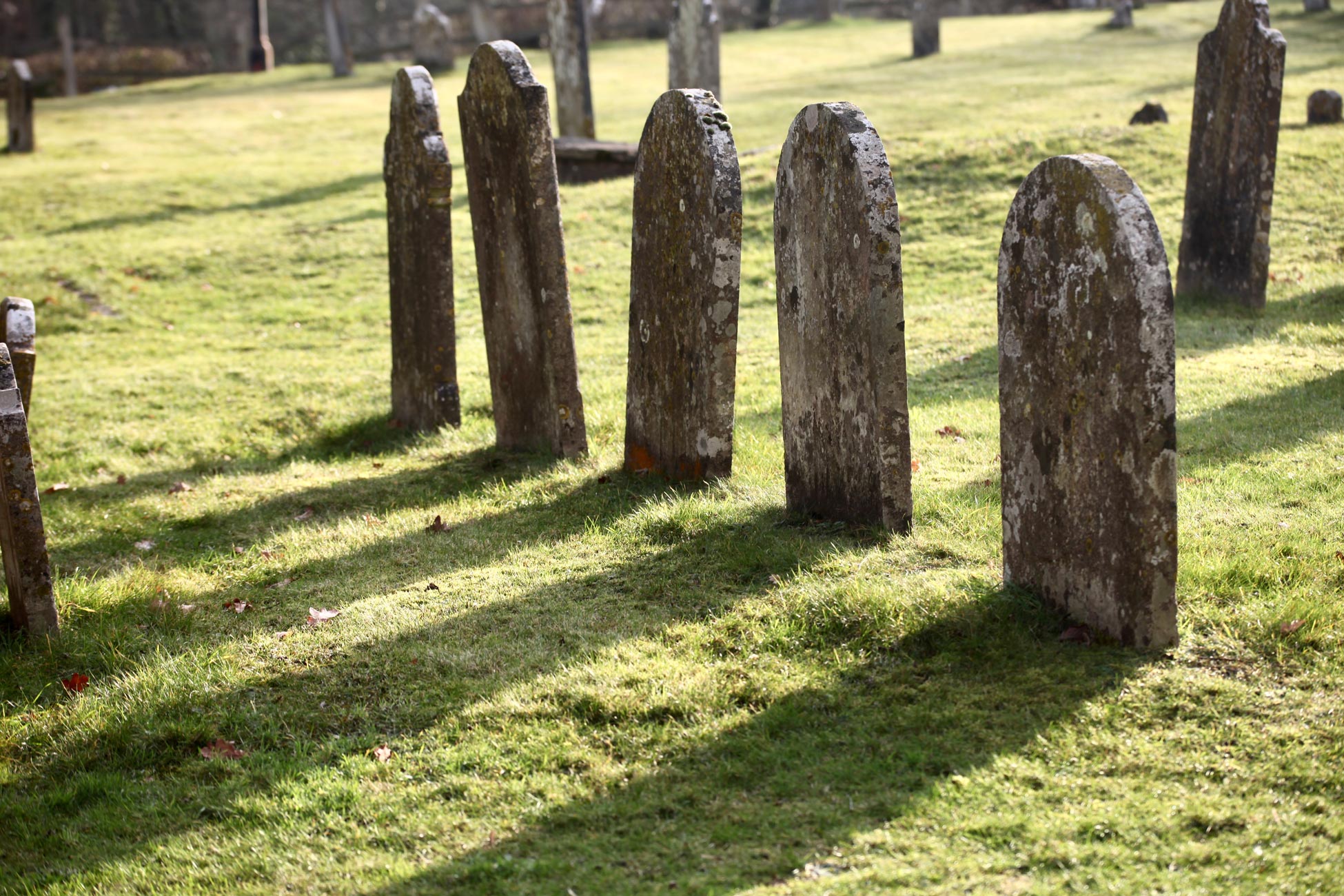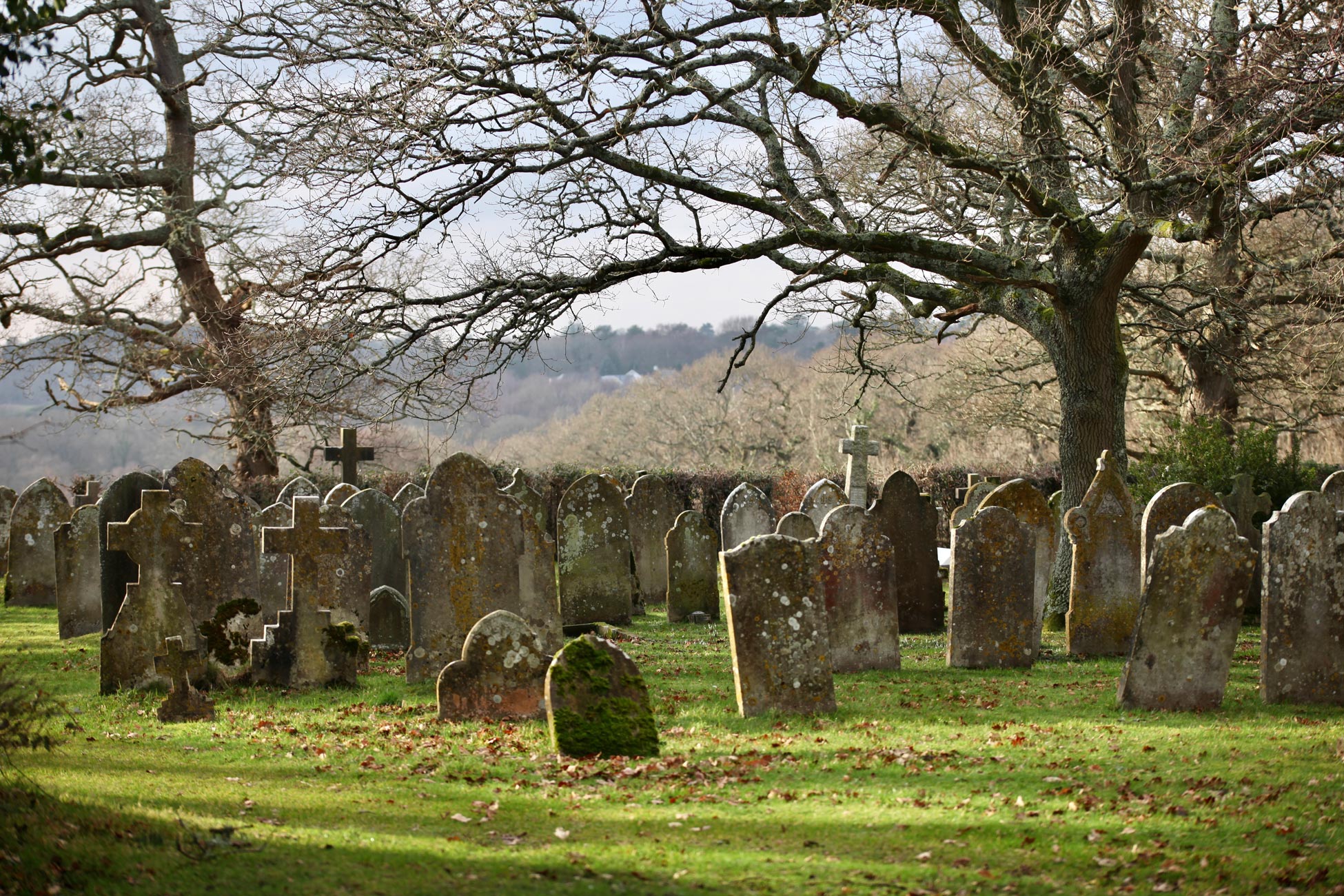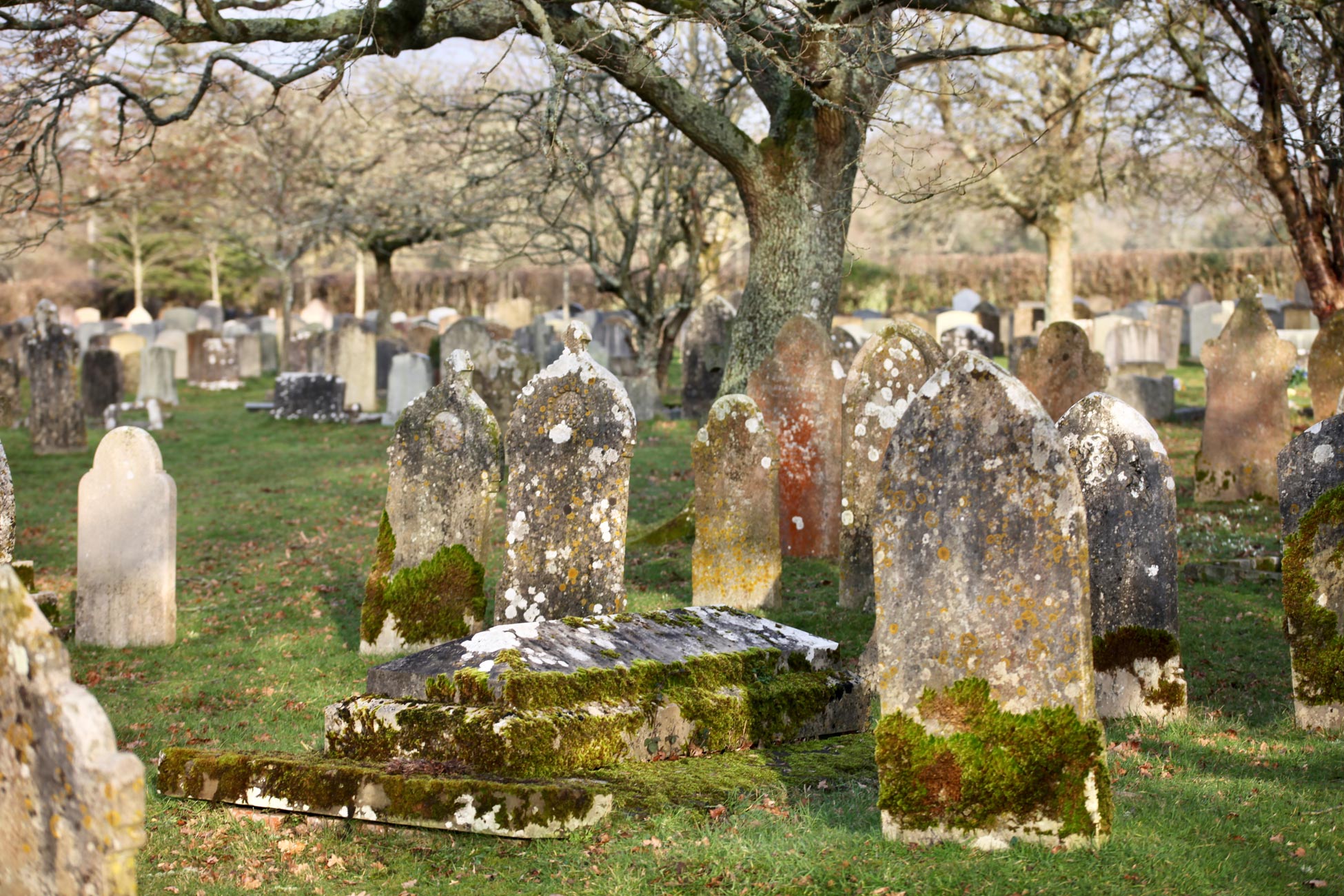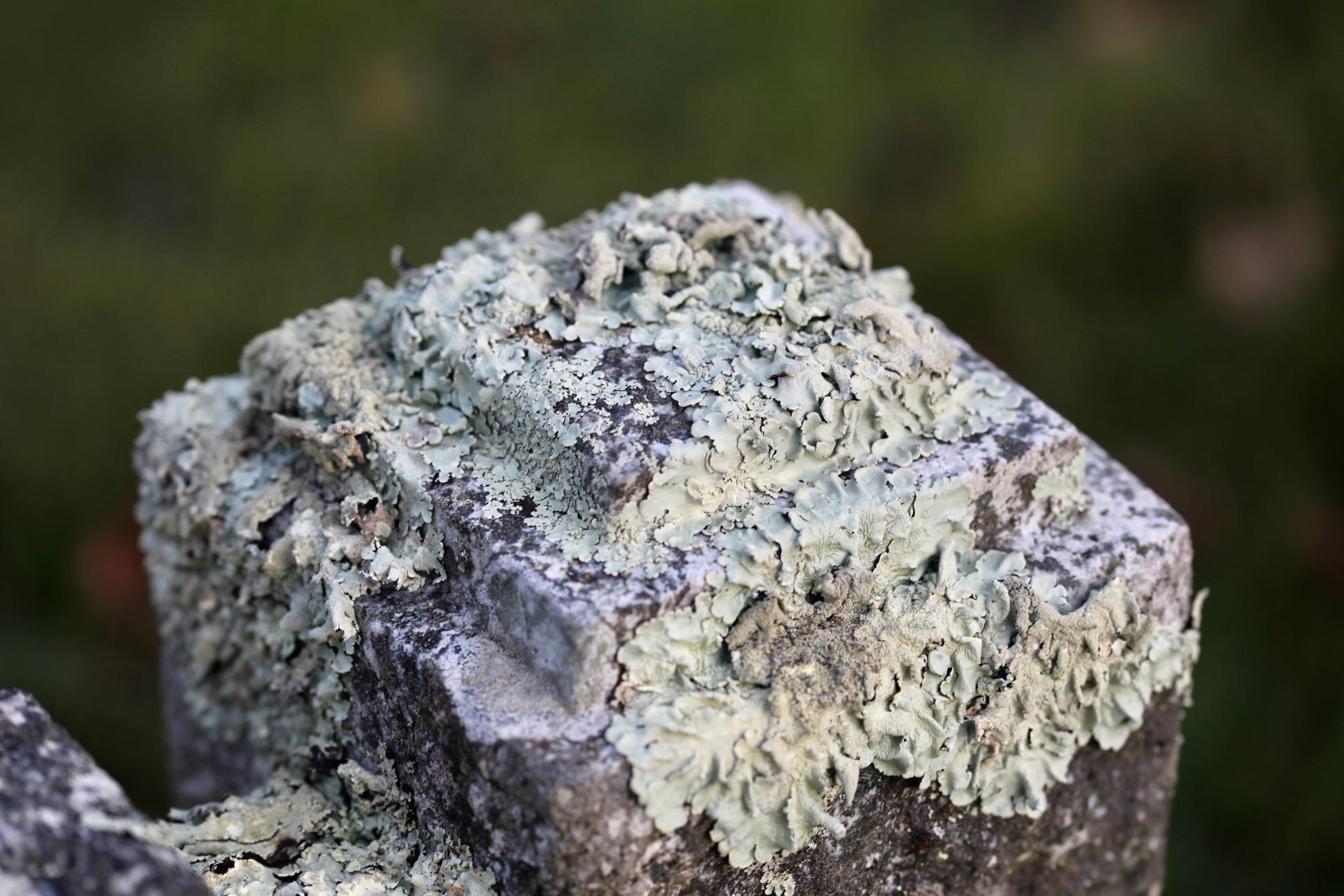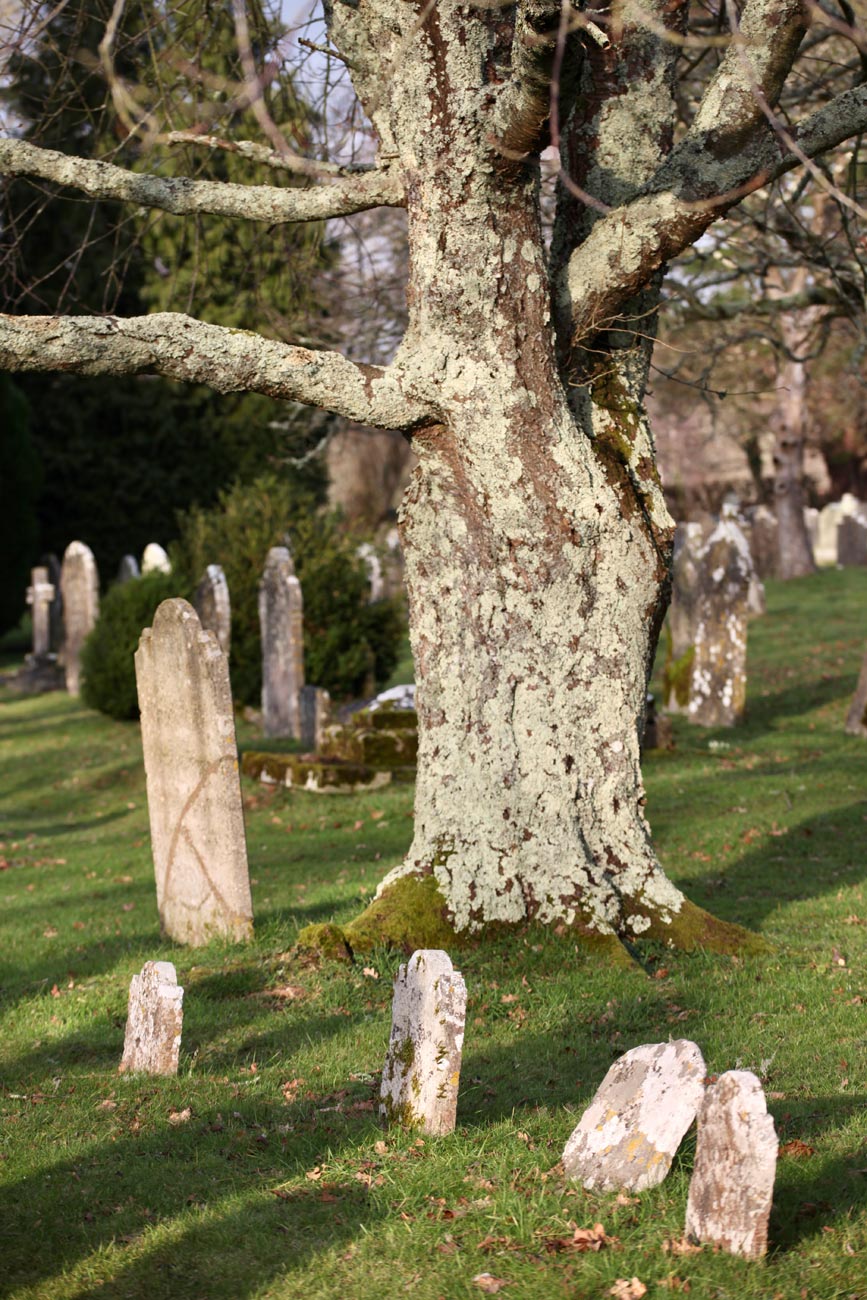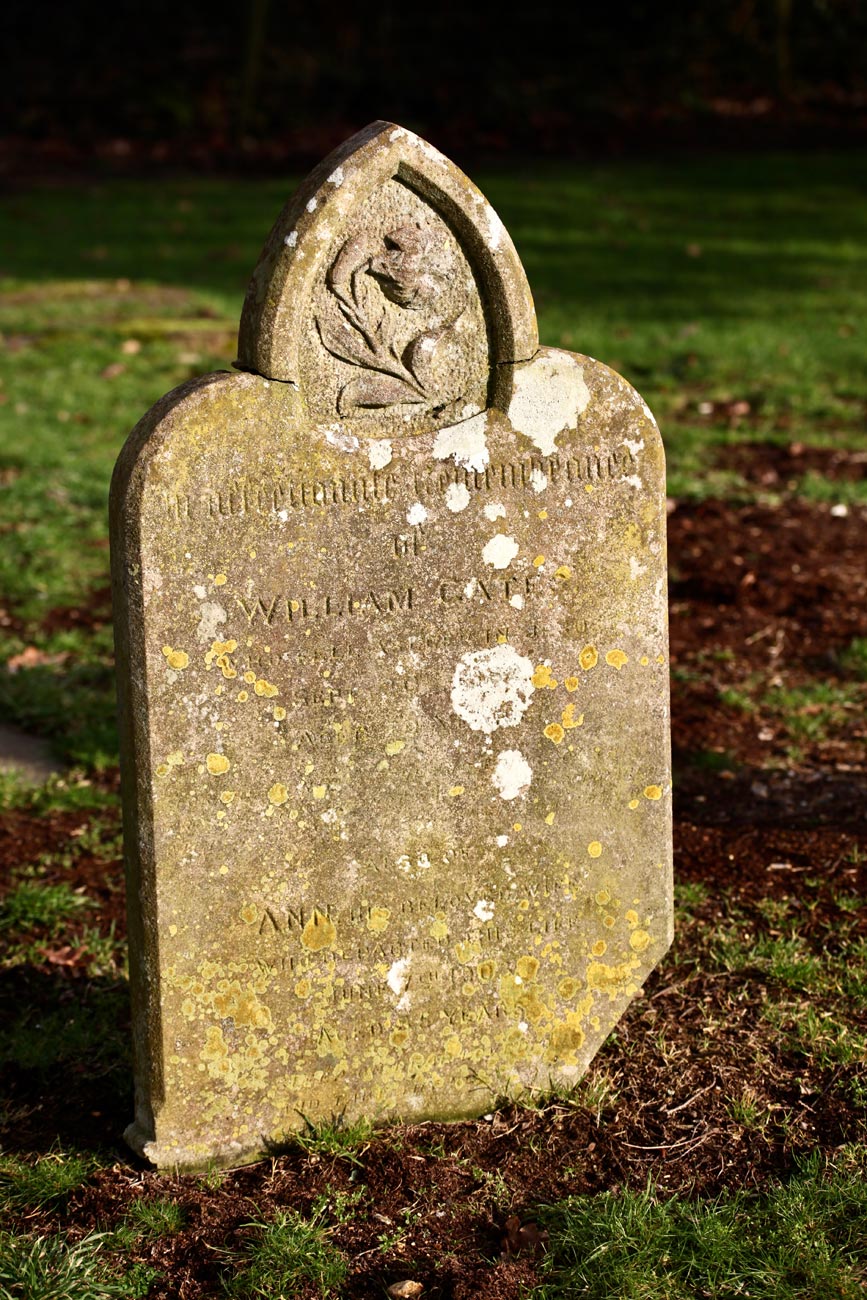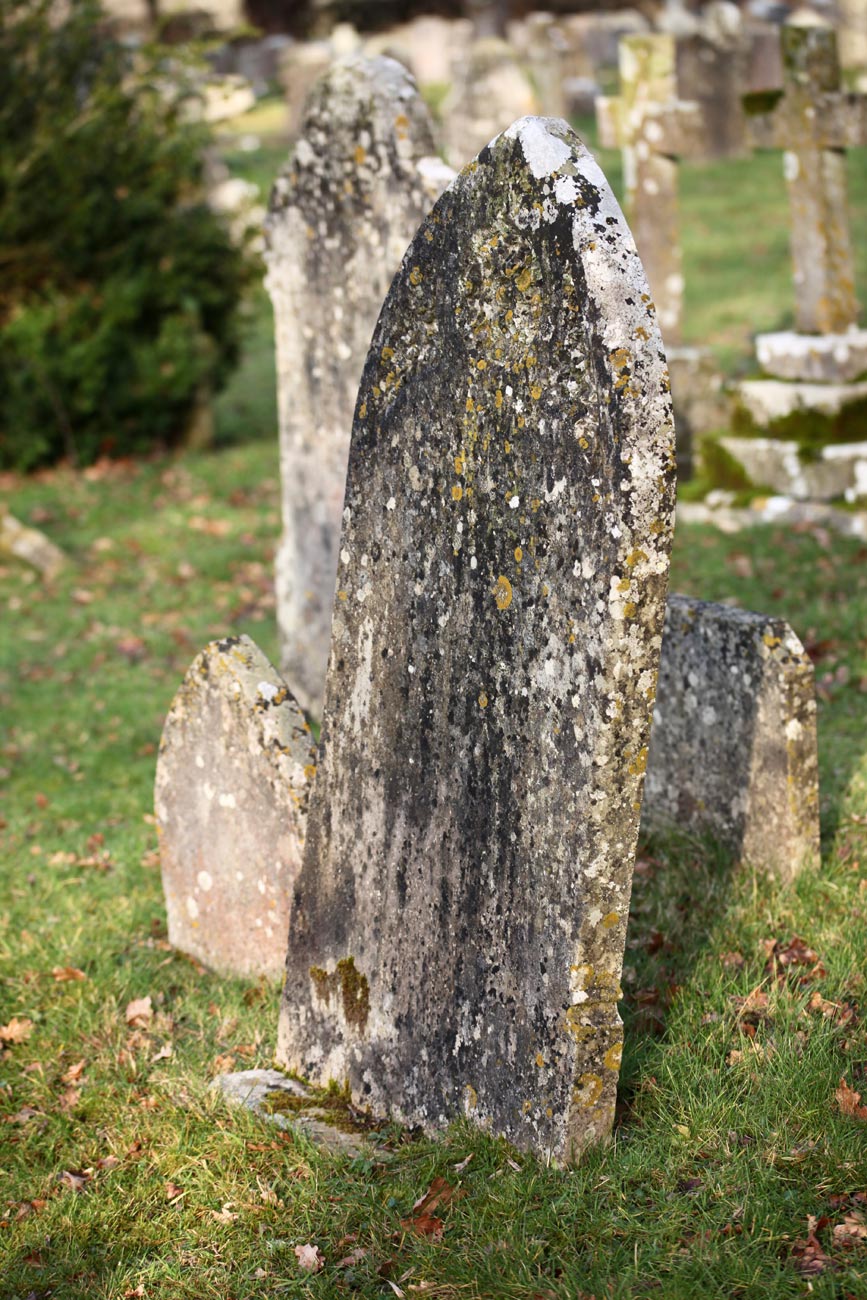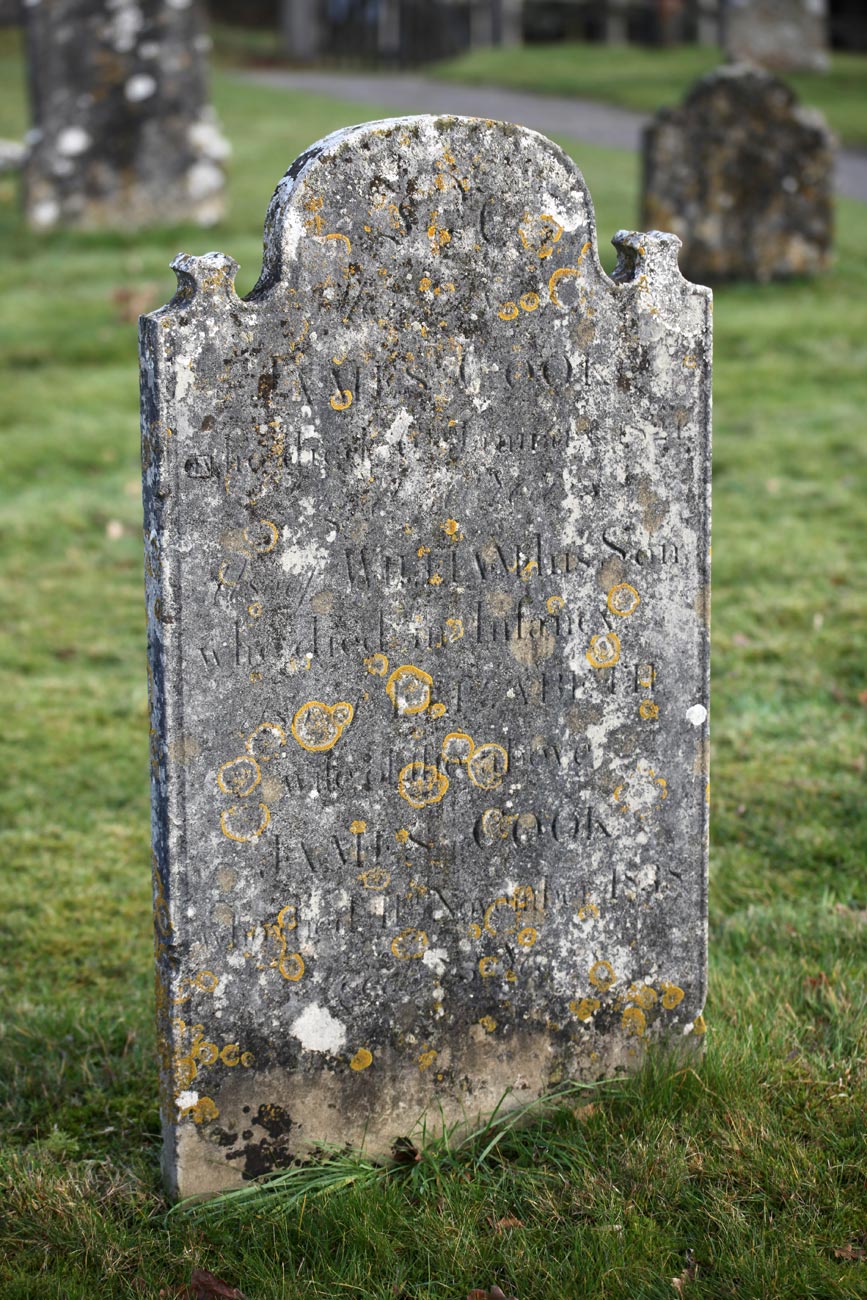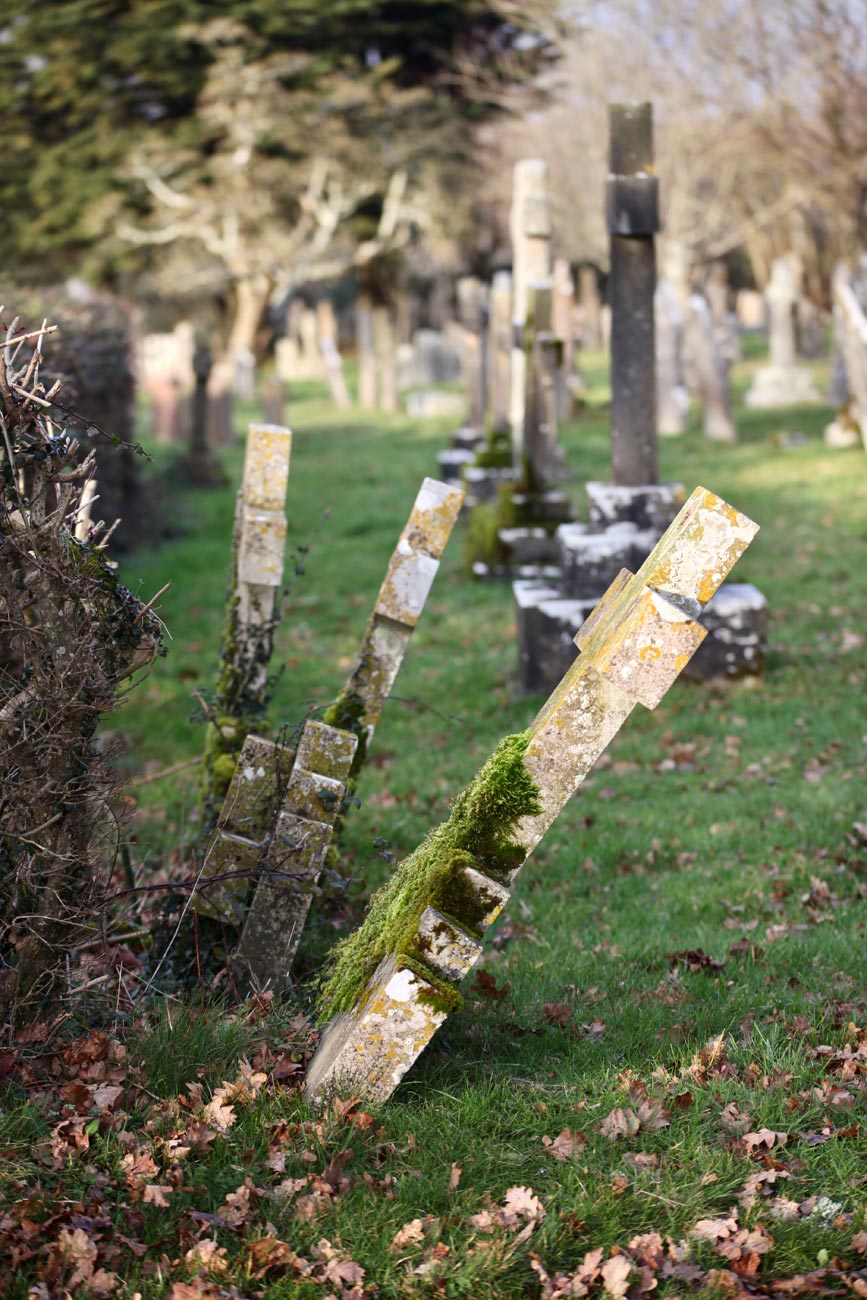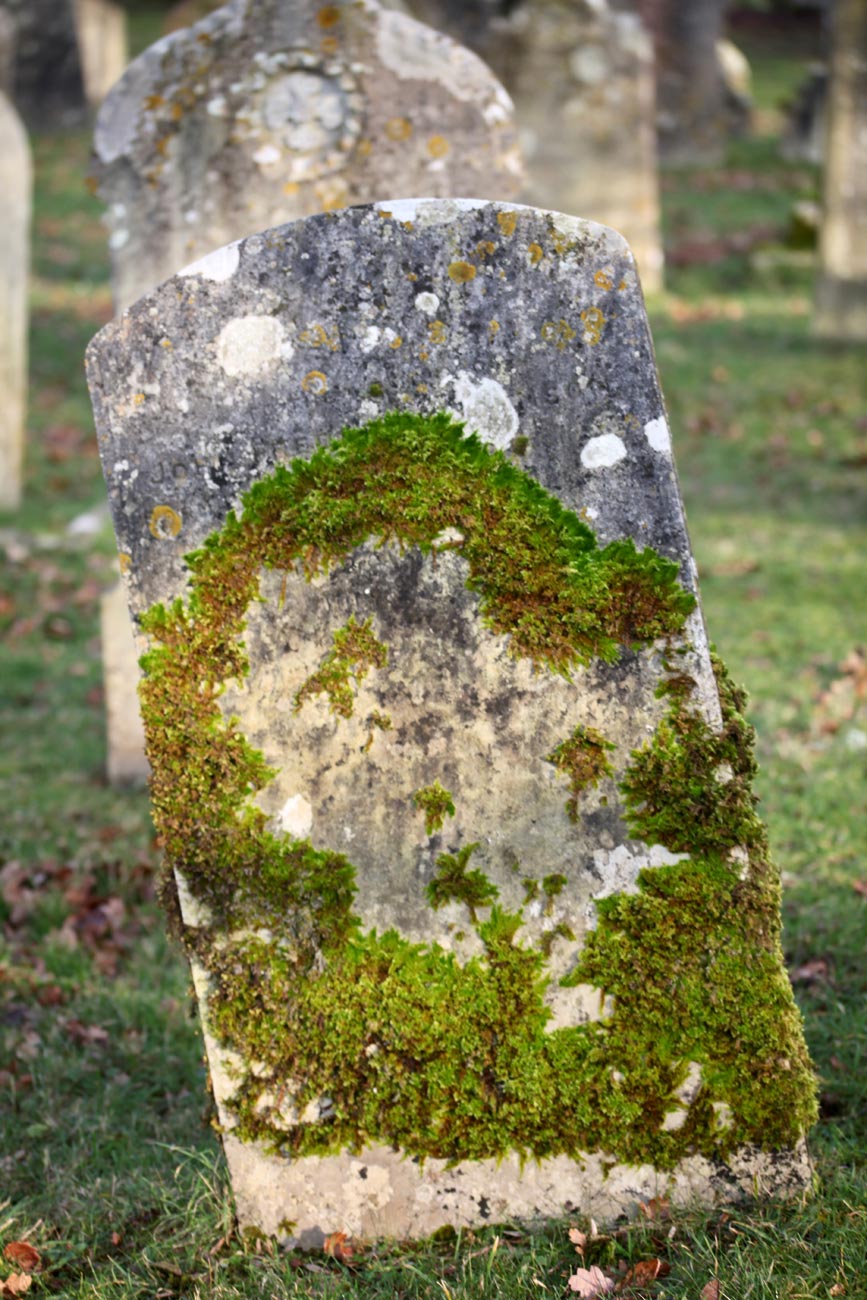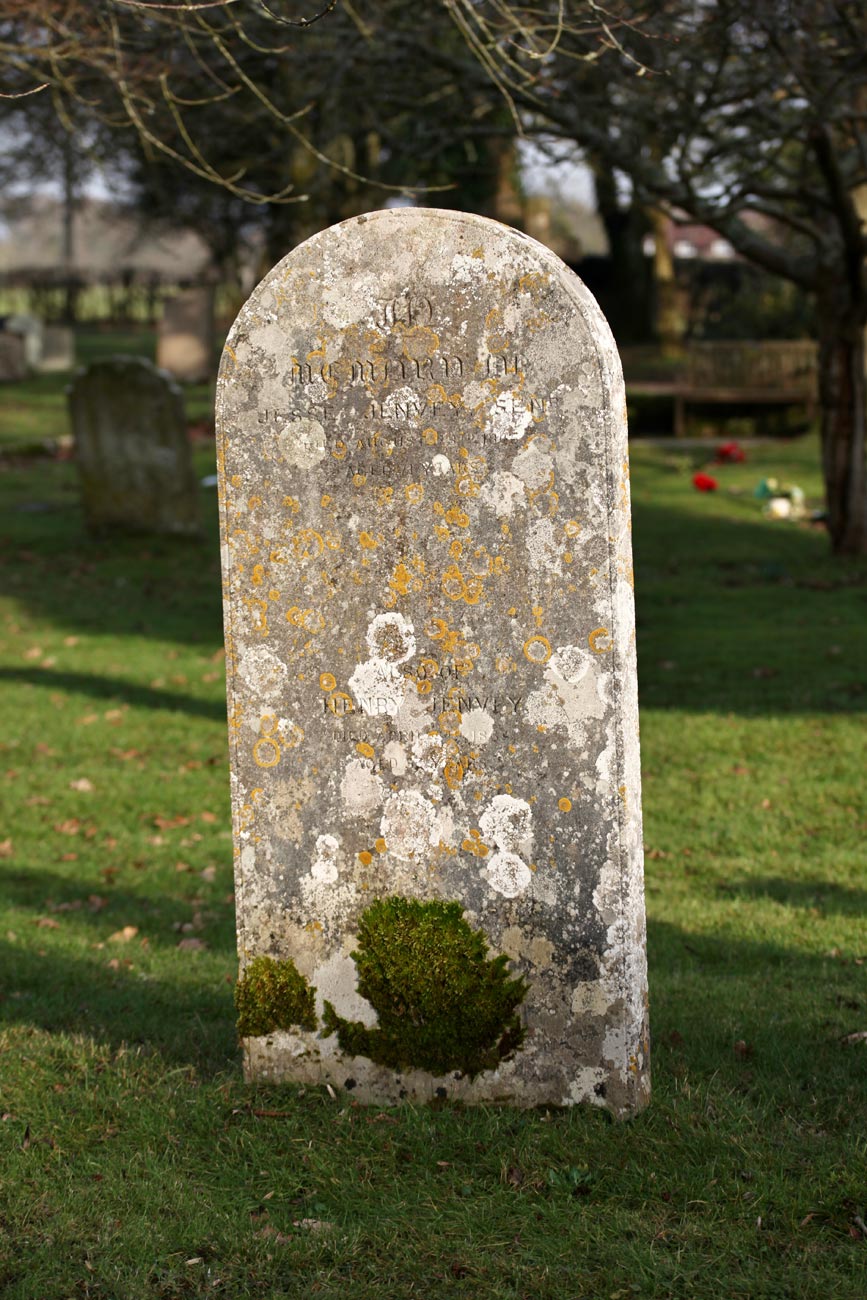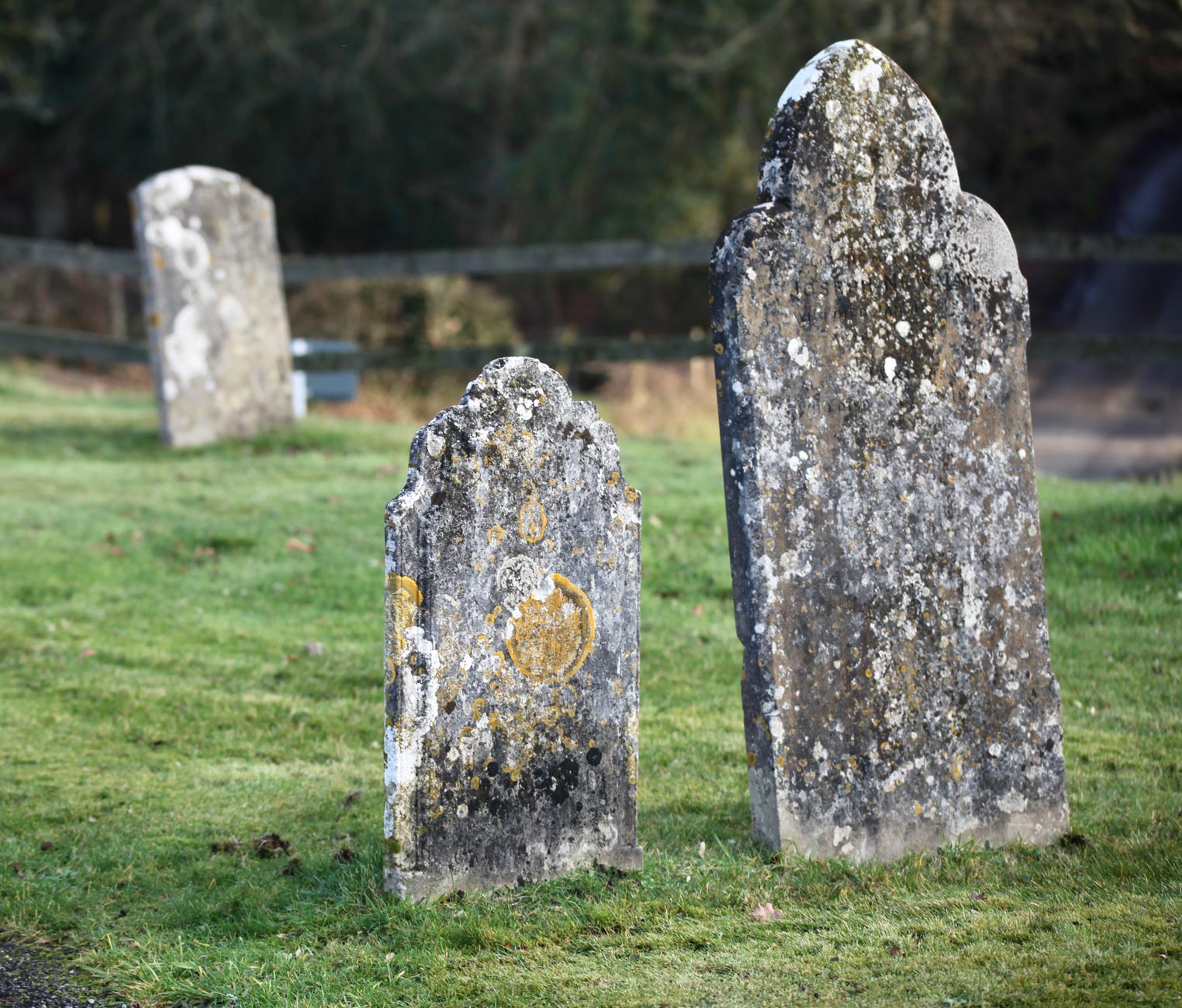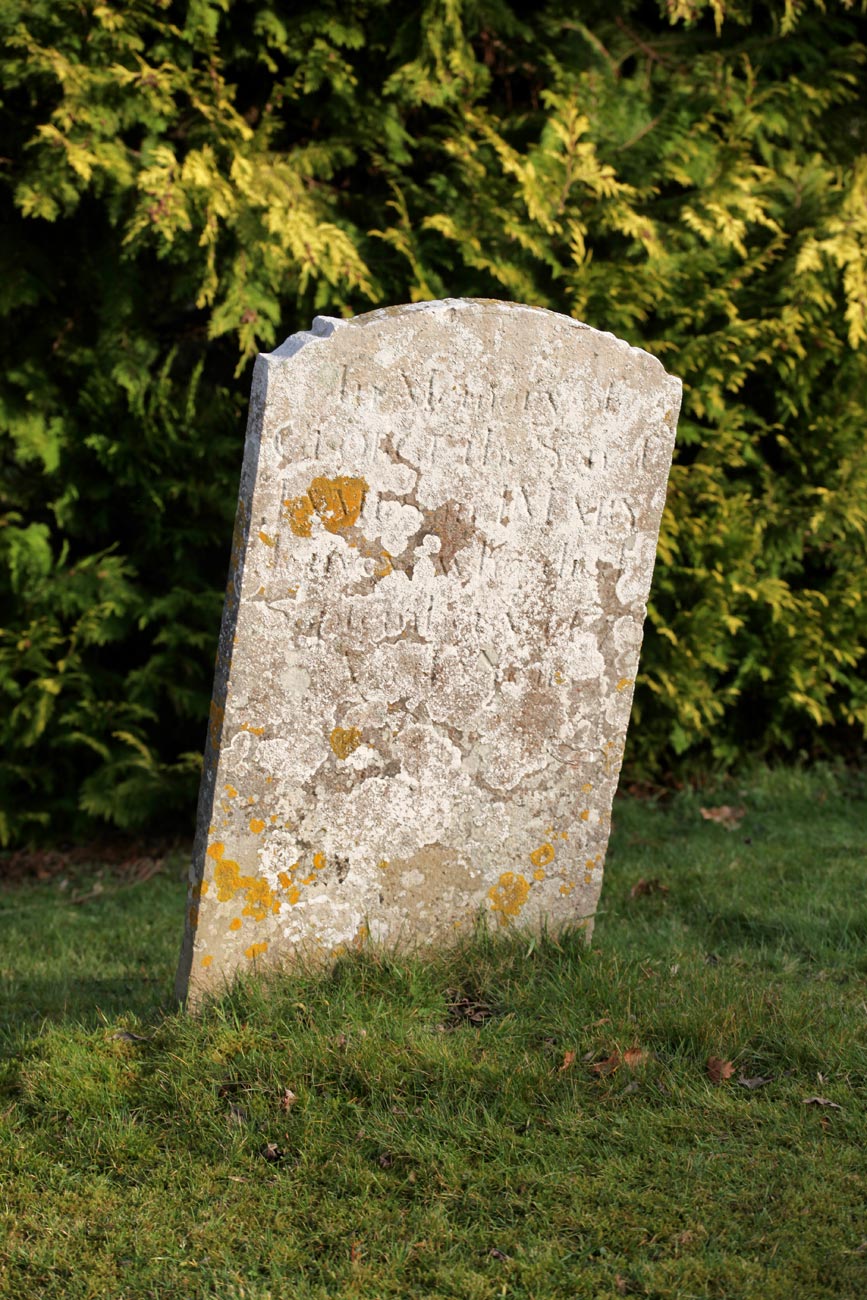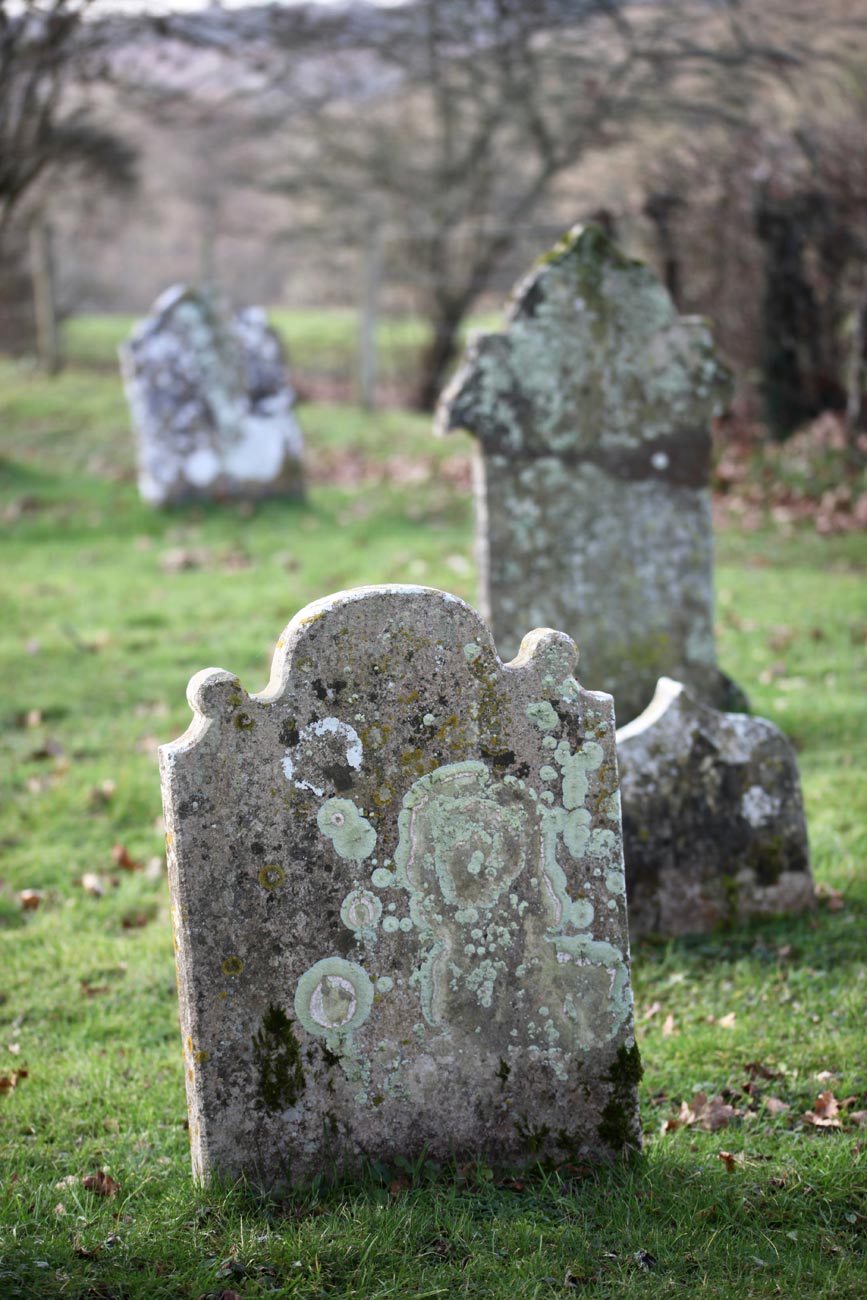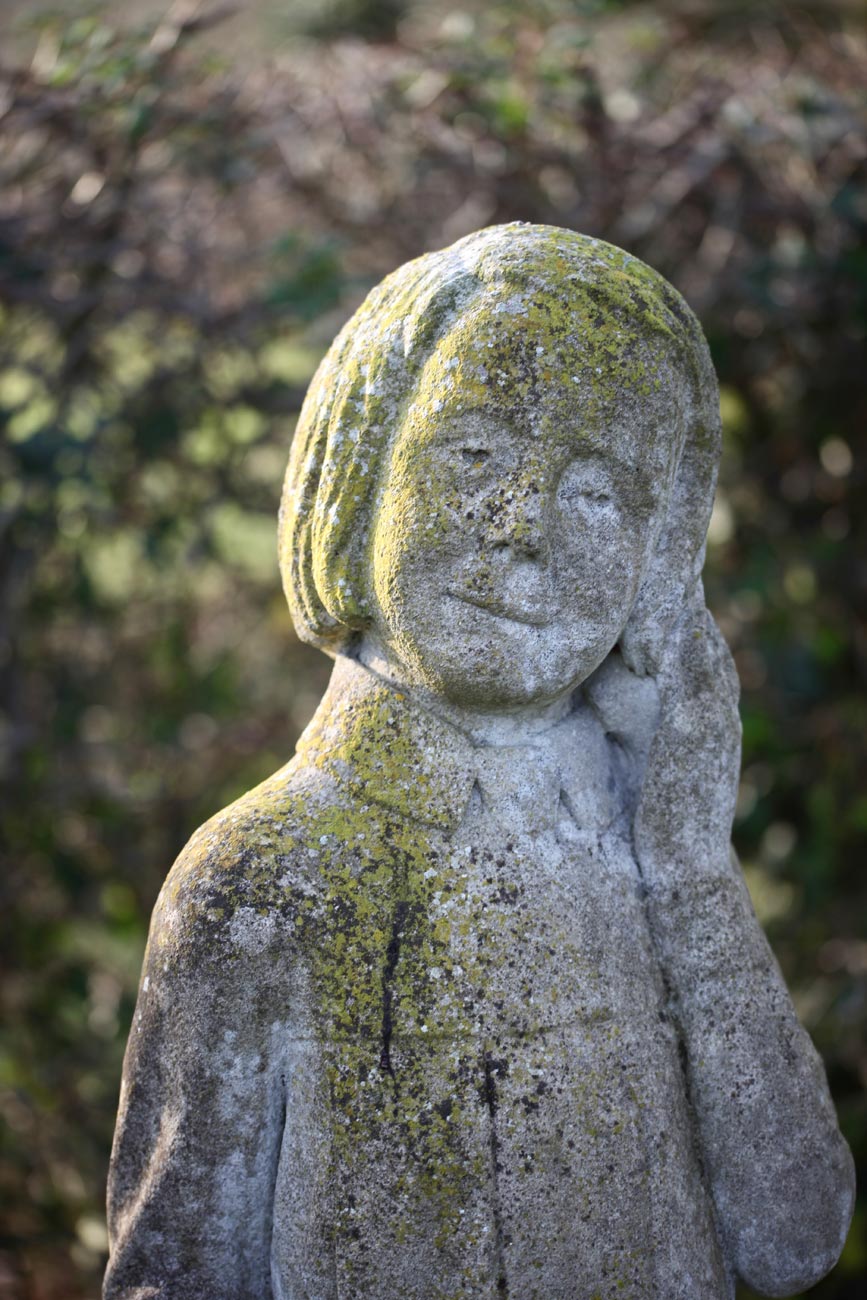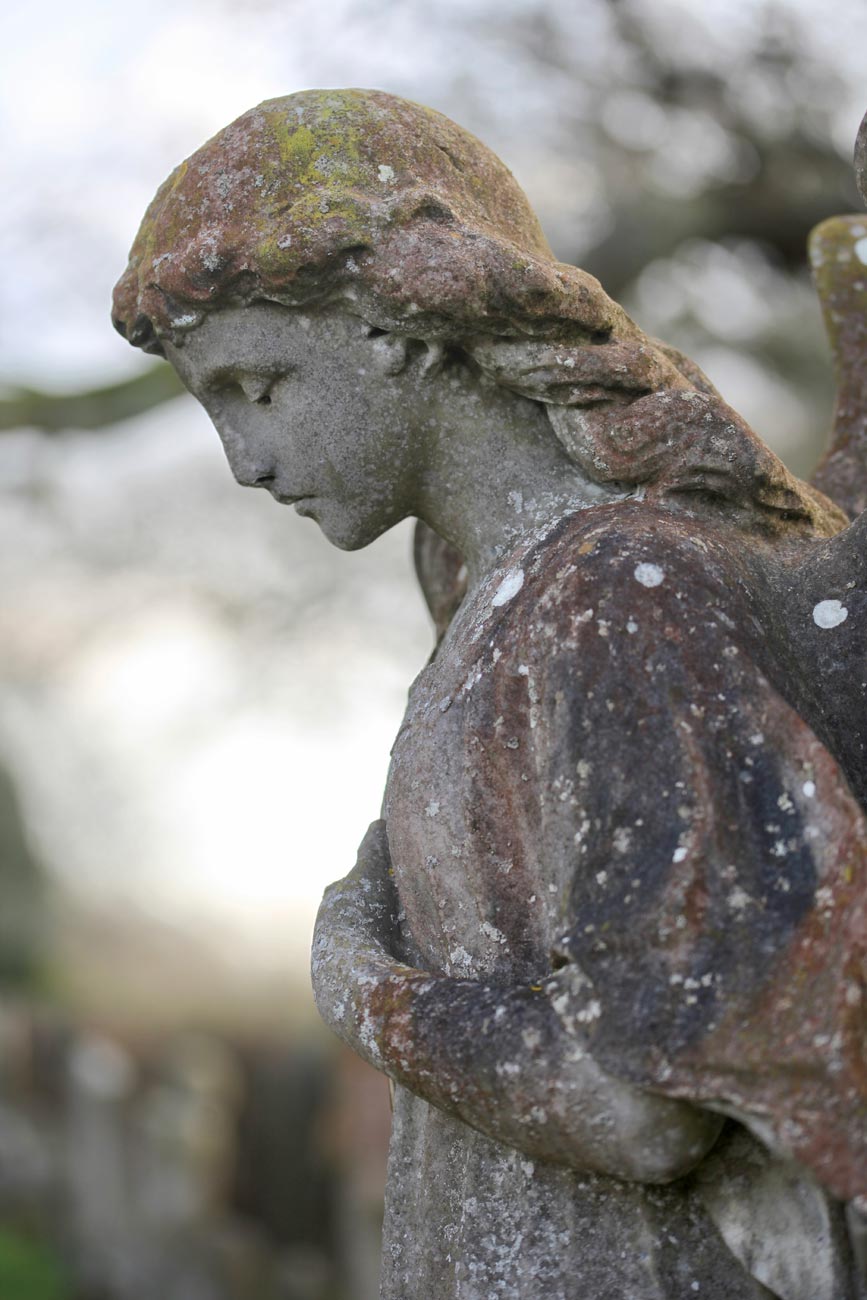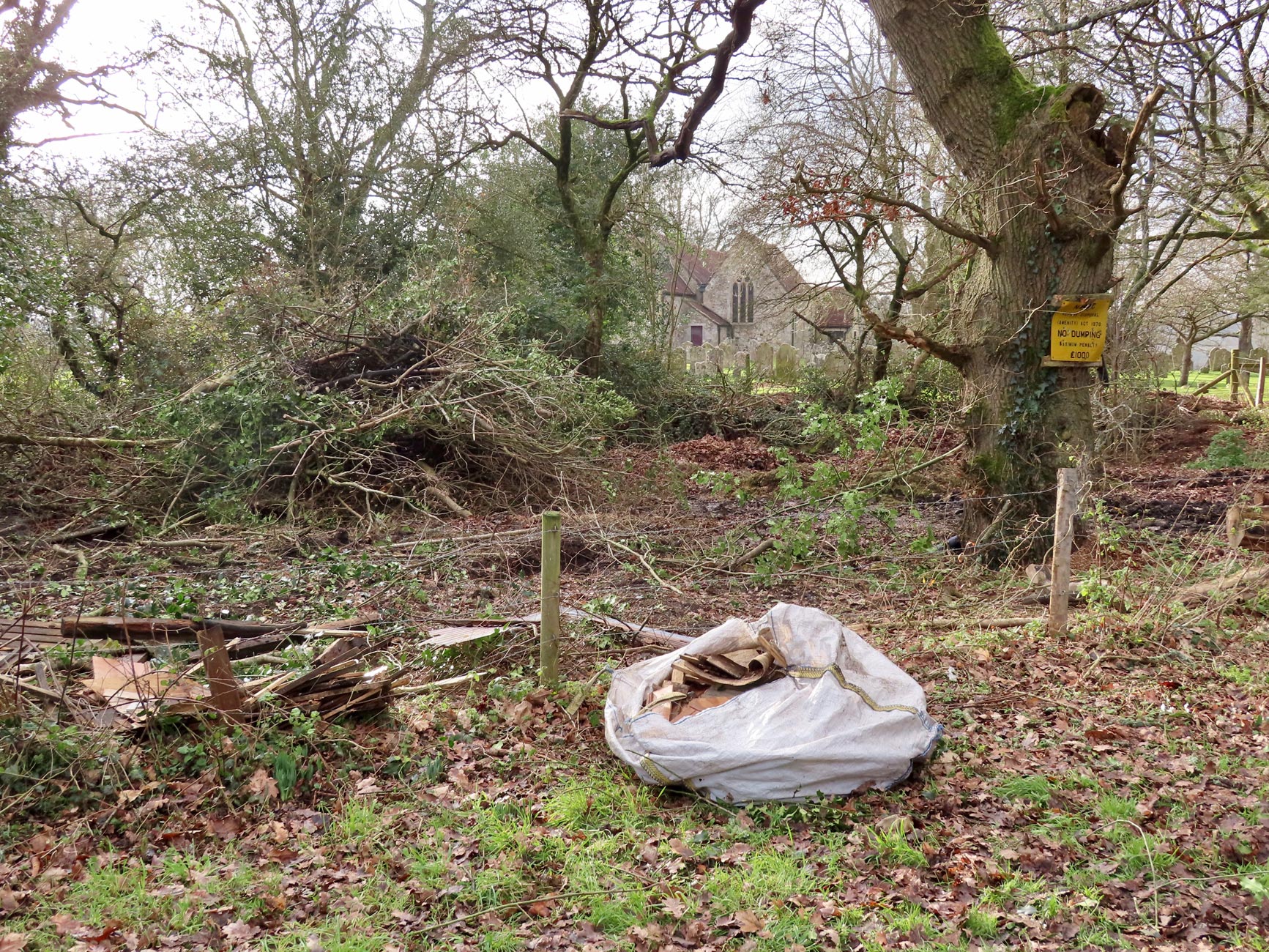CLICK ON ANY IMAGE IN A GROUP TO ACCESS ITS GALLERY, INDIVIDUAL MEMBERS OF WHICH CAN BE VIEWED FULL SIZE BY SCROLLING DOWN AND CHECKING BOX AT BOTTOM RIGHT.
Steady rain fell all morning. This, therefore, seemed to be the day to visit Lymington Hospital to subject myself to blood tests and x-rays at their walk-in facilities. Unfortunately everyone in the catchment area had the same idea. I was advised that the best process would be to take a ticket for the blood tests, running more than an hour behind, then pose for the x-rays and return to see if my number would come up. This turned out to be a sound wheeze. Fortunately my arms are strong enough to reach behind me on the bed and support myself while seated upright in order that impossibly straightened legs could be twisted, kept still, and photographed. Not something to be tried at home. There was still another 40 minutes or so before my blood test number came up. It seemed as if Tony Hancock’s “very nearly an armful” was required. This was done to the strains of Nancy Sinatra’s ‘These Boots are Made for Walking’, which a nurse informed me was being sung to me, personally, because I deserved it. The blood tests were intended to check my fitness to tolerate surgery on the knees should the x-rays reveal the necessity.
The sparrows have again taken up residence in the gabionage which forms part of the hospital walls.
Early this afternoon the rain desisted and the sun began to make sporadic appearances. We there therefore went for a drive in the forest.
The landscape opposite the Church of St John the Baptist, Boldre was somewhat waterlogged, although the sky had brightened.
Daffodils and primroses still sprawled down the bank and in the churchyard.
On our previous visits to this historic place of worship we have been unable to gain entrance. Today the door was open in welcome. Although the exact date is not certain, a charter of c1100 refers to Bolra Church with its chapel of Brokehurst, and it is accepted that a church was built at Boldre by William I in 1079. We can be sure that the list of incumbents posted on a wall almost opposite a displayed bible of 1613 is accurate.
Jackie studies a laminated information sheet in boxes pews furnished with embroidered runners. Norman arches are seen on the left. Behind her is the West End. The Barrel or Wagon roof with its carved bosses are typical of fourteenth century country craftsmen.
The stained glass West Window, depicting Faith, Hope, and Charity, was made by Ward and Hughes of London inserted in 1864 in memory of Charles Winston. Other windows, in order, are in memory of Rosemary Bradley, Louise Emily Bowes Read and her baby son, John Philip Burrard; and lastly, The Millennium Window, designed and engraved by Tracey Sheppard FGE, and installed in April 2000.
Much of the paved flooring consists of early gravestones.
On the north wall of the nave is the John Kempe Wall Tablet. The subject was MP for Lymington in 1640. This portrait is a rare survival of the attentions of the hammers of Oliver Cromwell’s Roundheads, or the New Model Army of the English Civil War of 1642 – 51.
Two more recent works of art are the lectern designed by Cresswell Hartley Desmond and carved by his sister Phoebe over a period of twenty years from two pieces of oak from Boldre Grange given to the church in 1952; and Richard Bent’s chandelier commemorating the 900th anniversary.
This treasure will require at least another visit to fill in the gaps Jackie and I have missed.
This evening we dined on the Culinary Queen’s superb cottage pie with perfectly cooked carrots and cabbage. I finished the Navarra.
